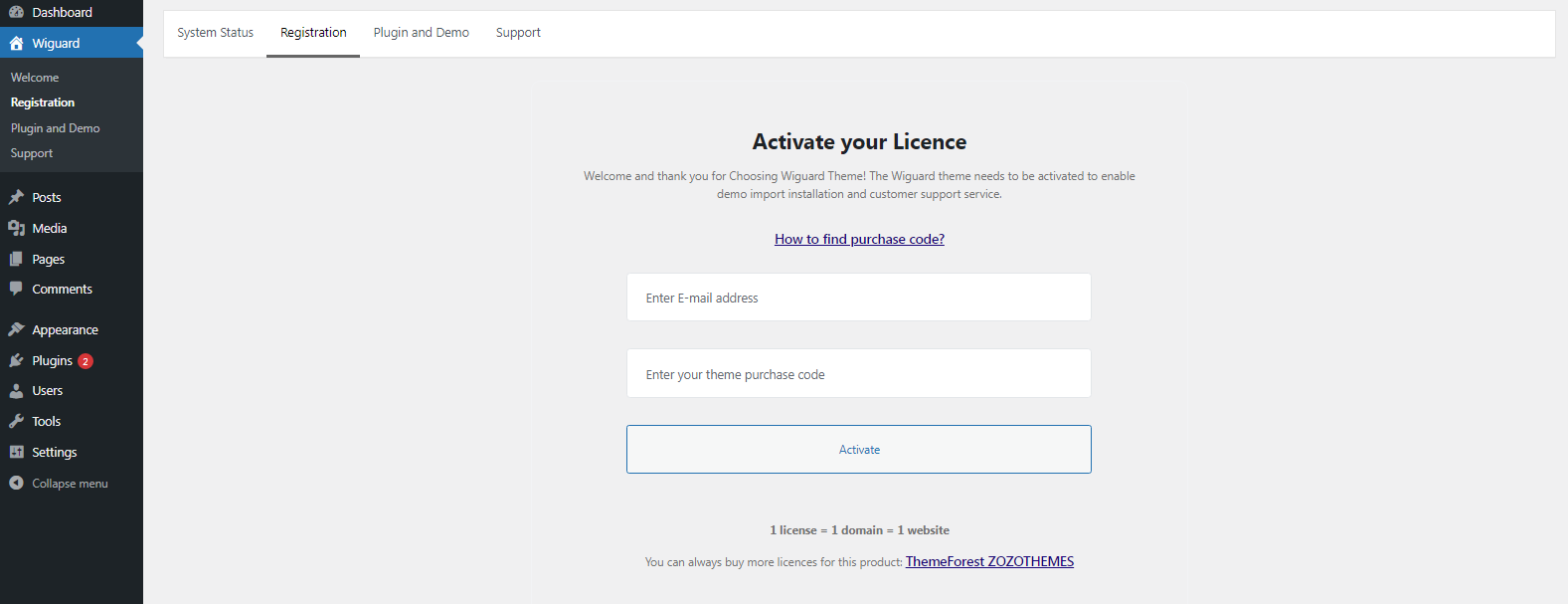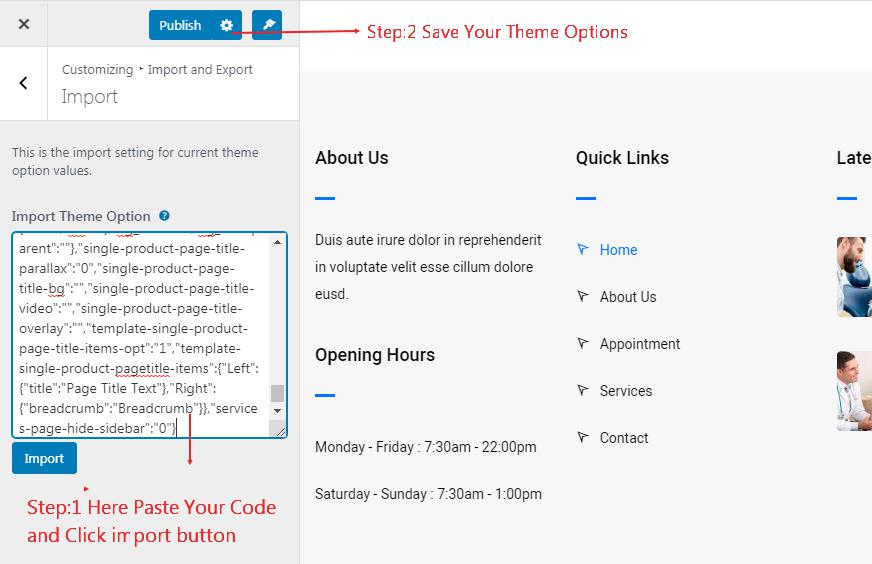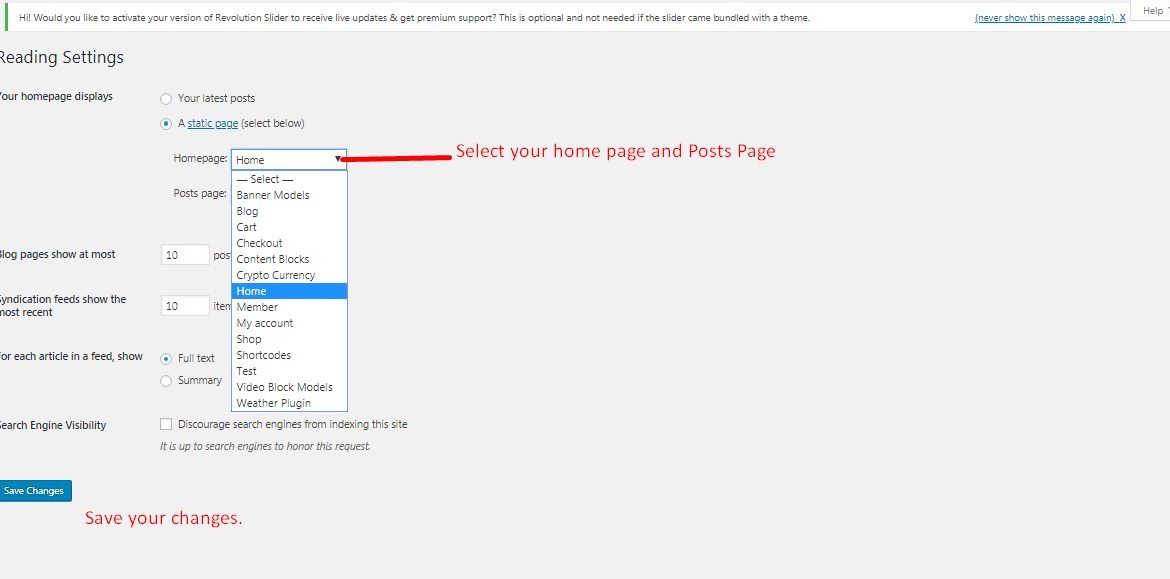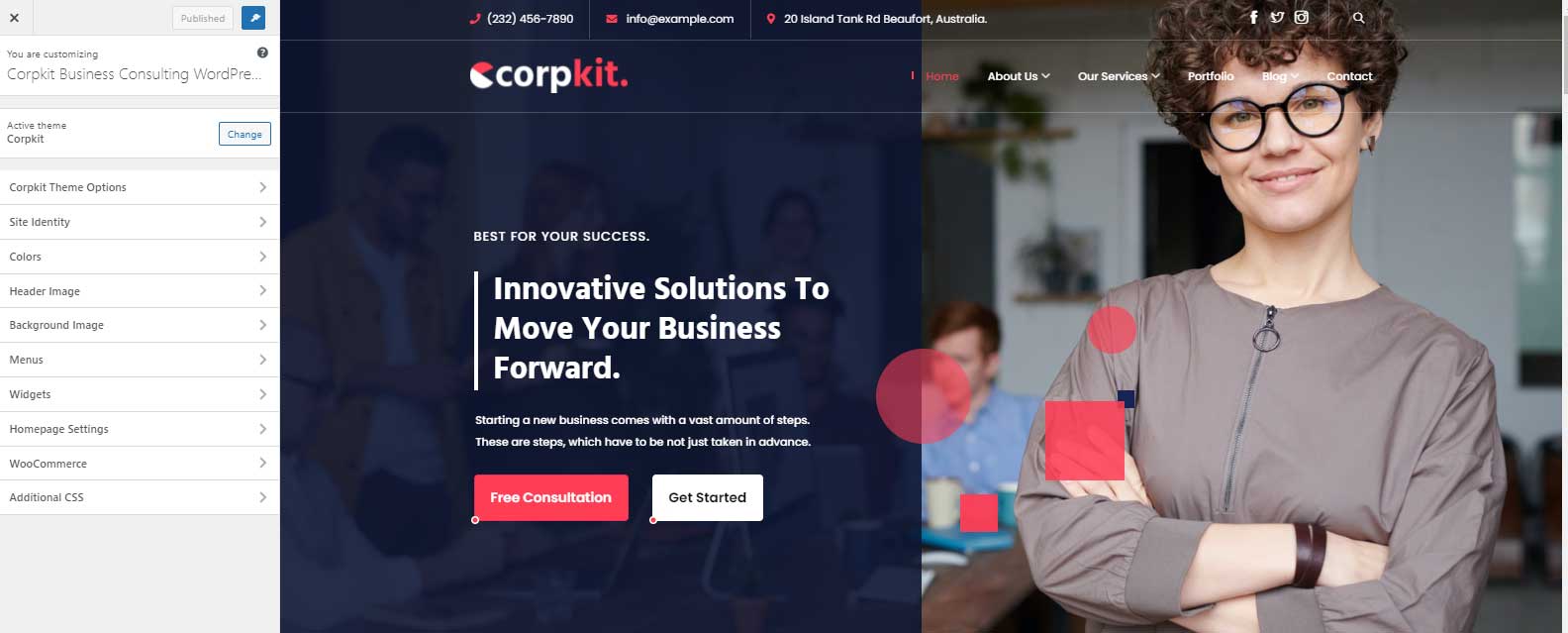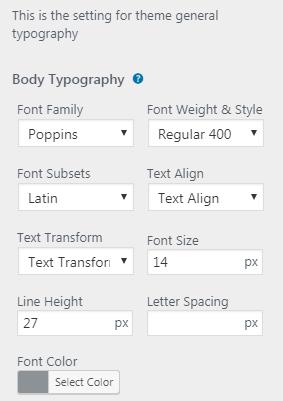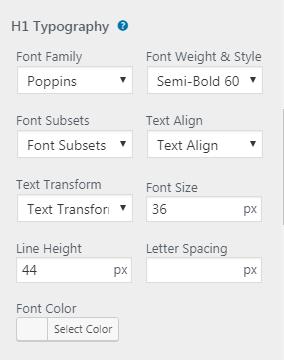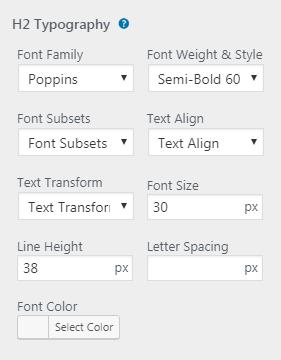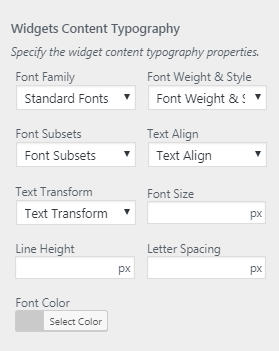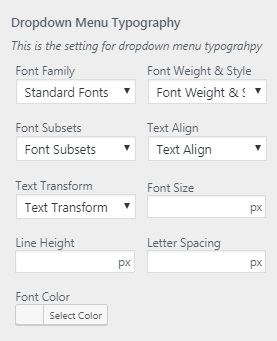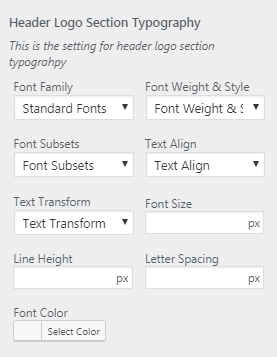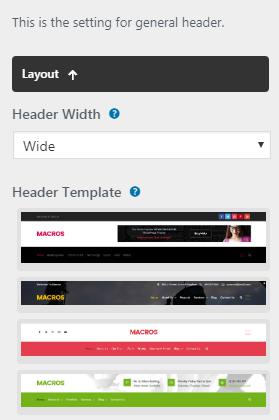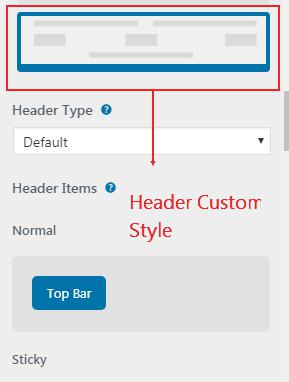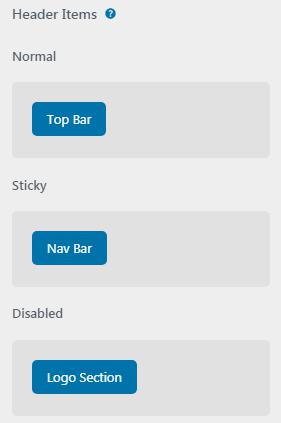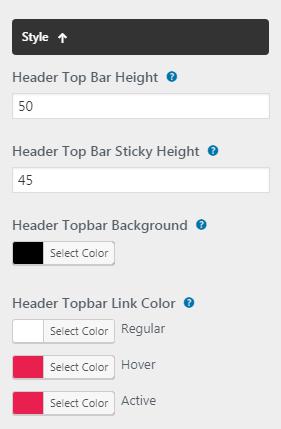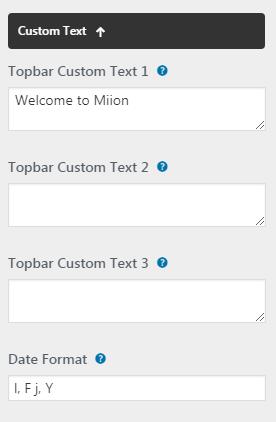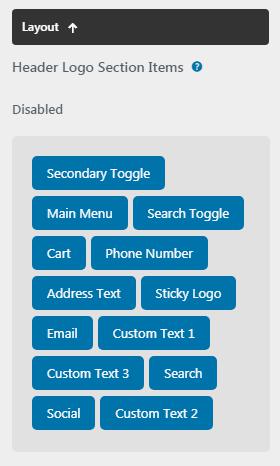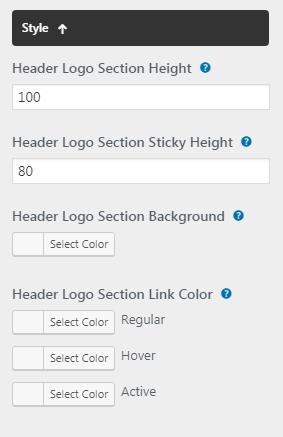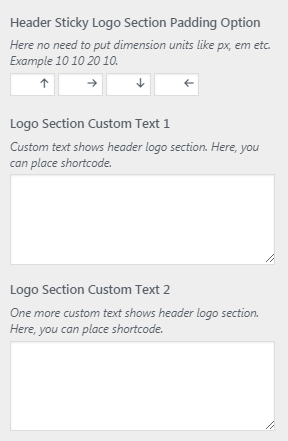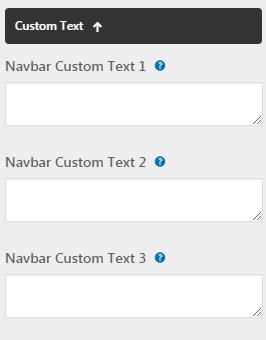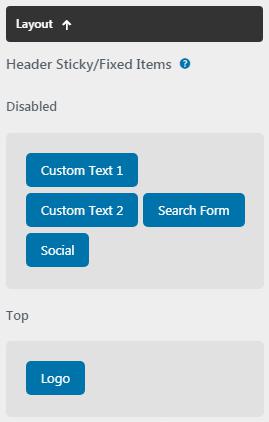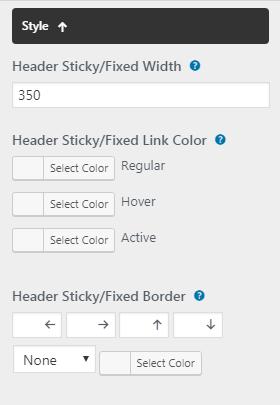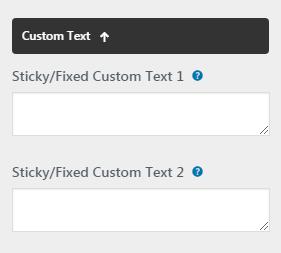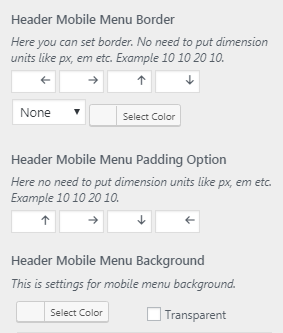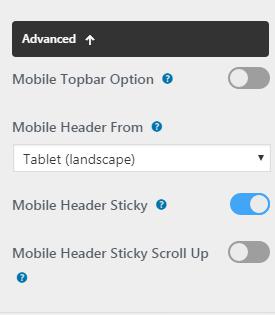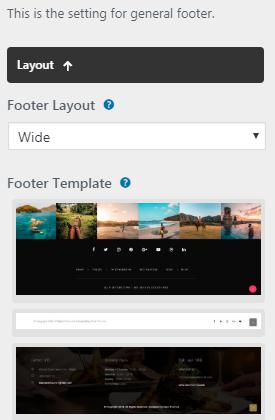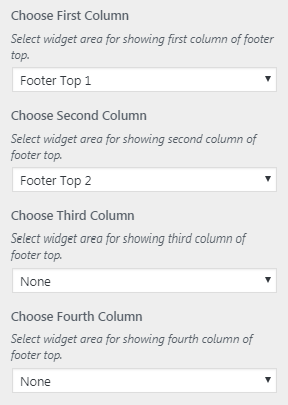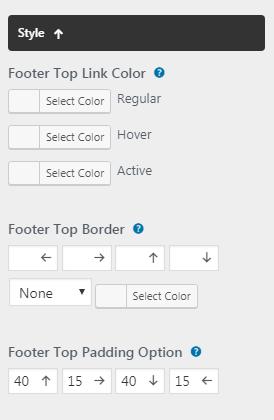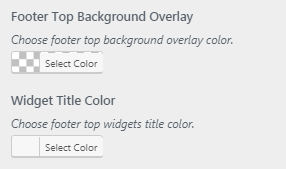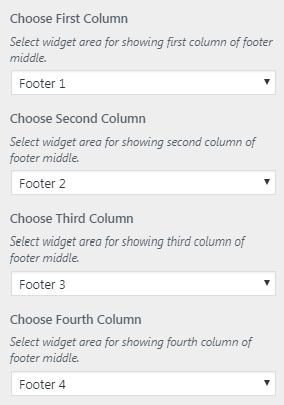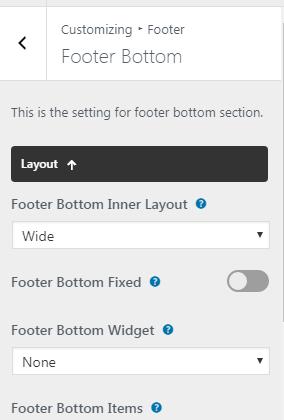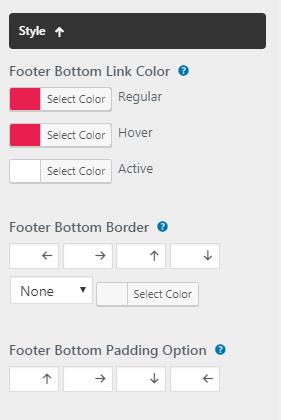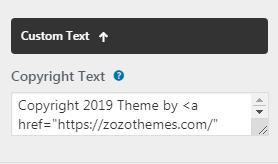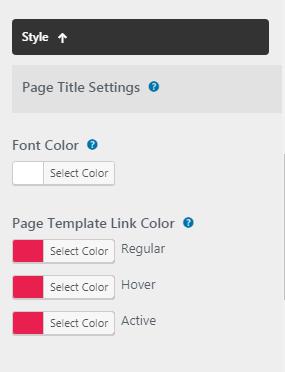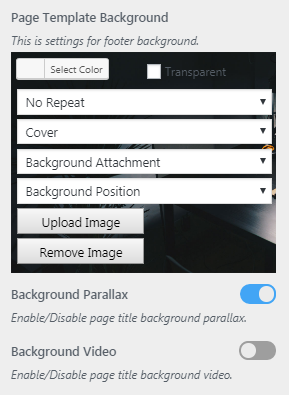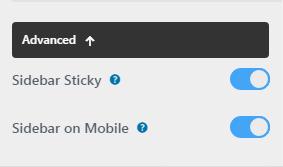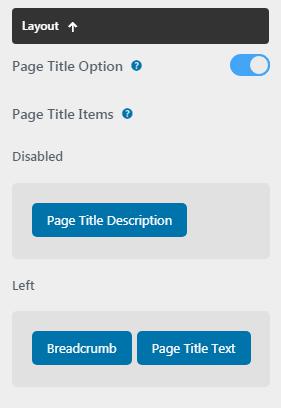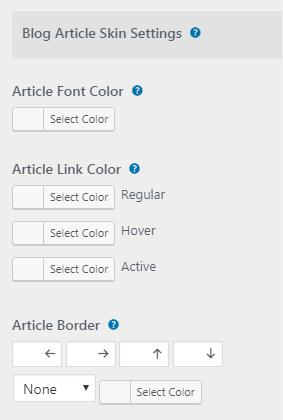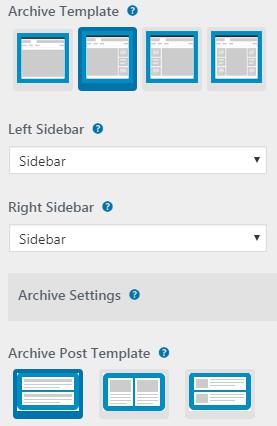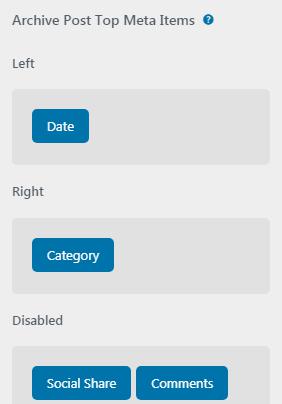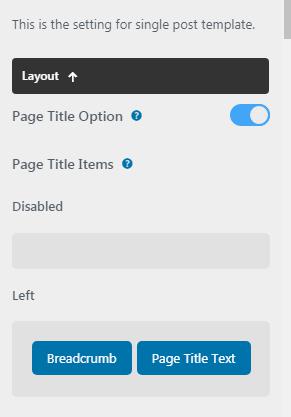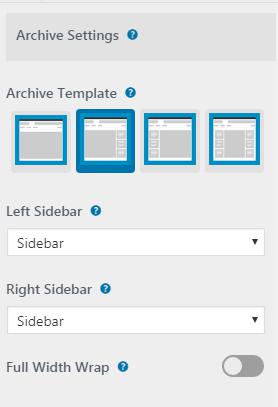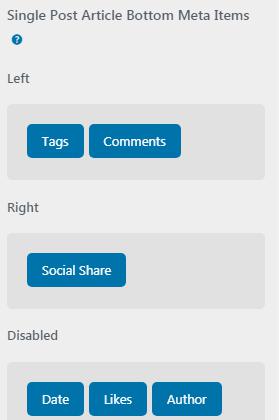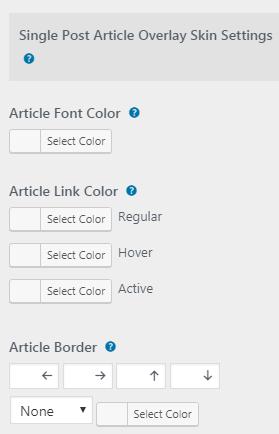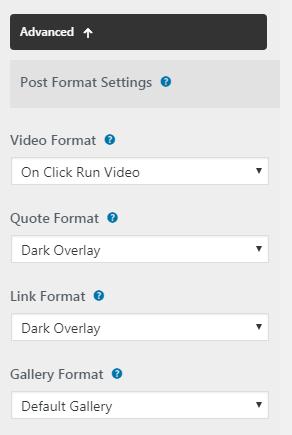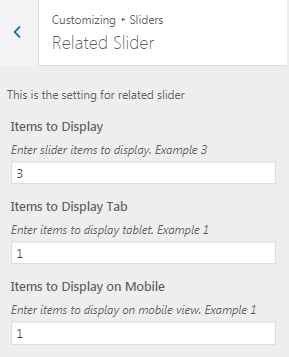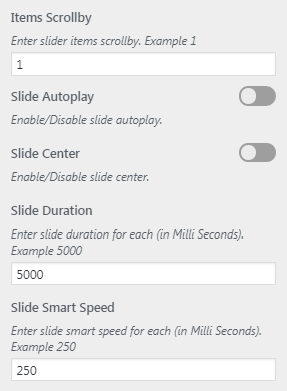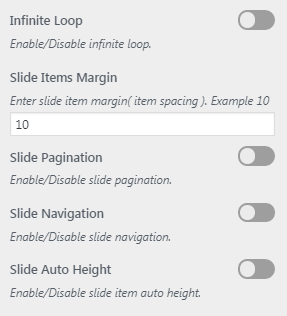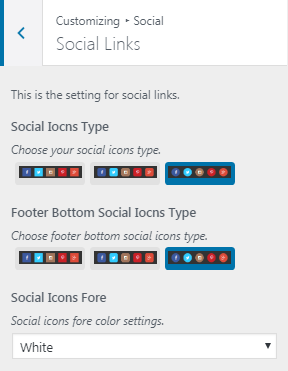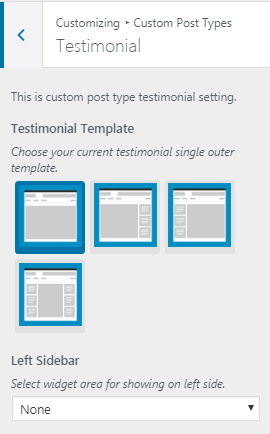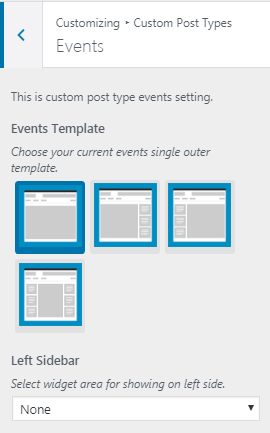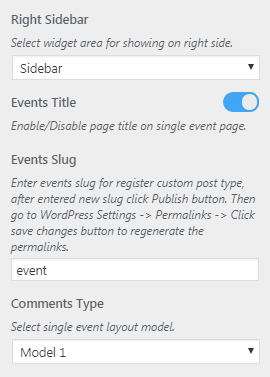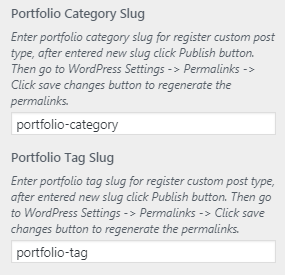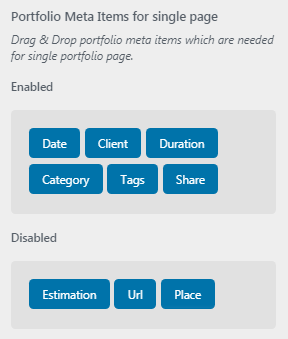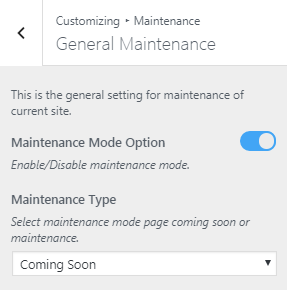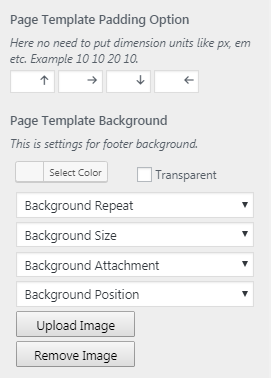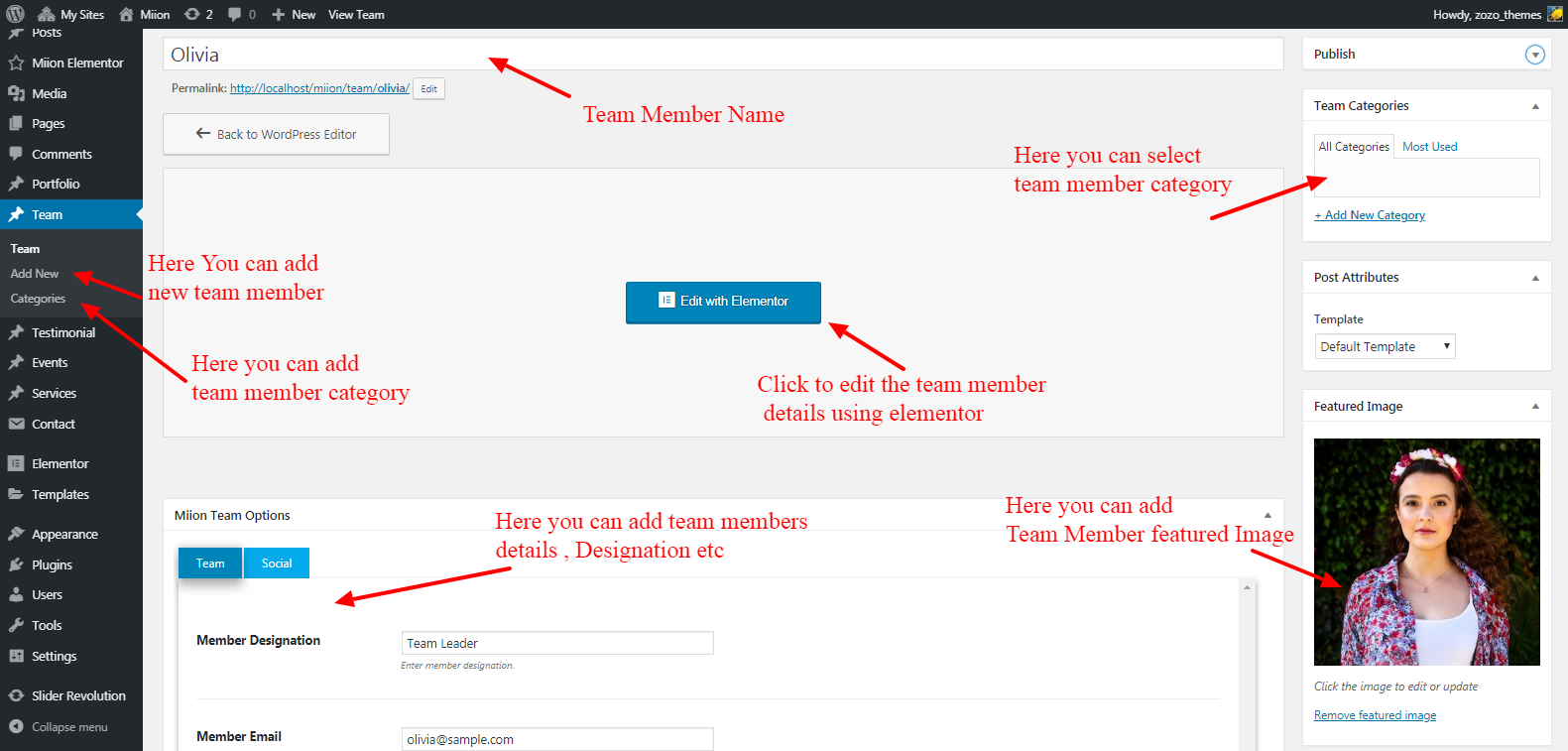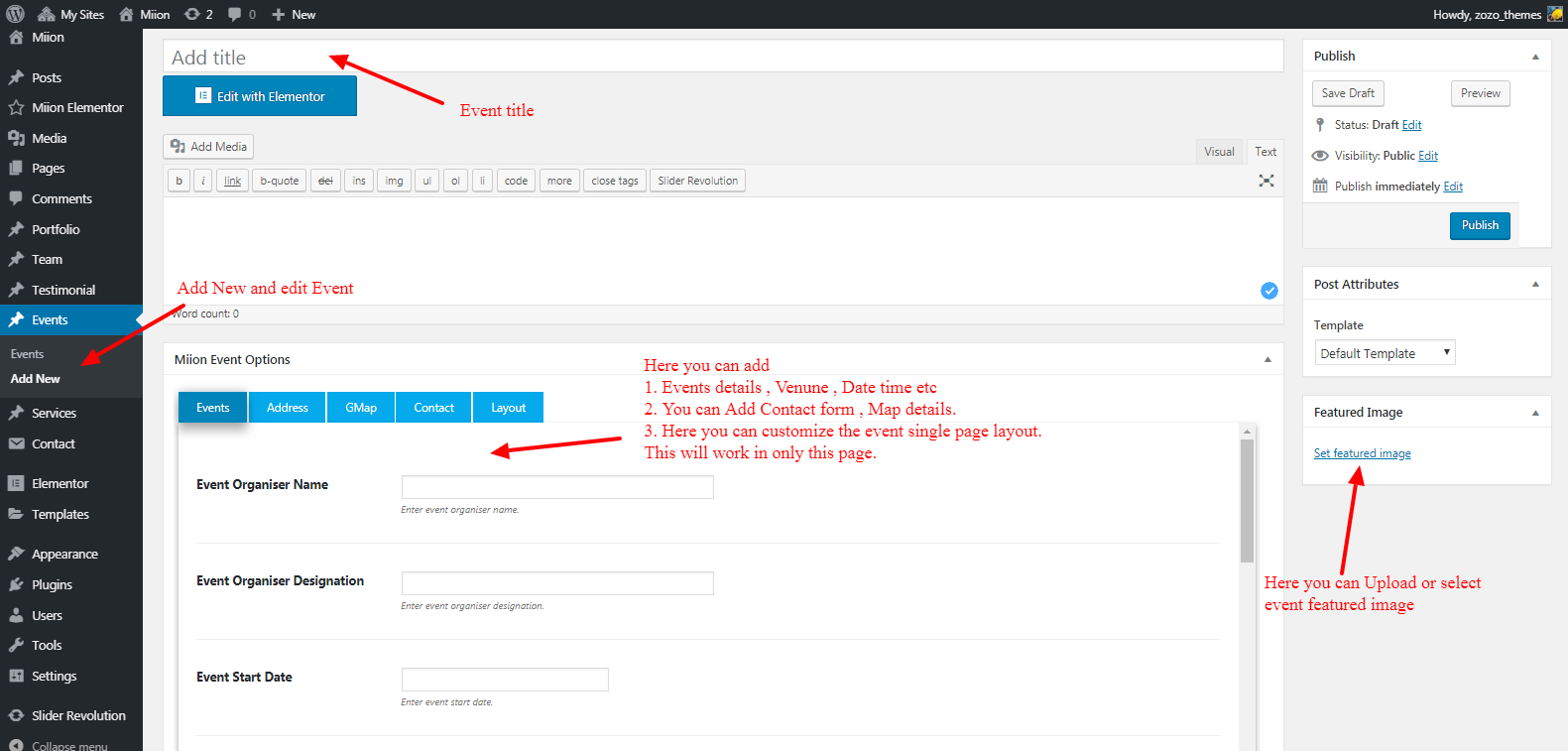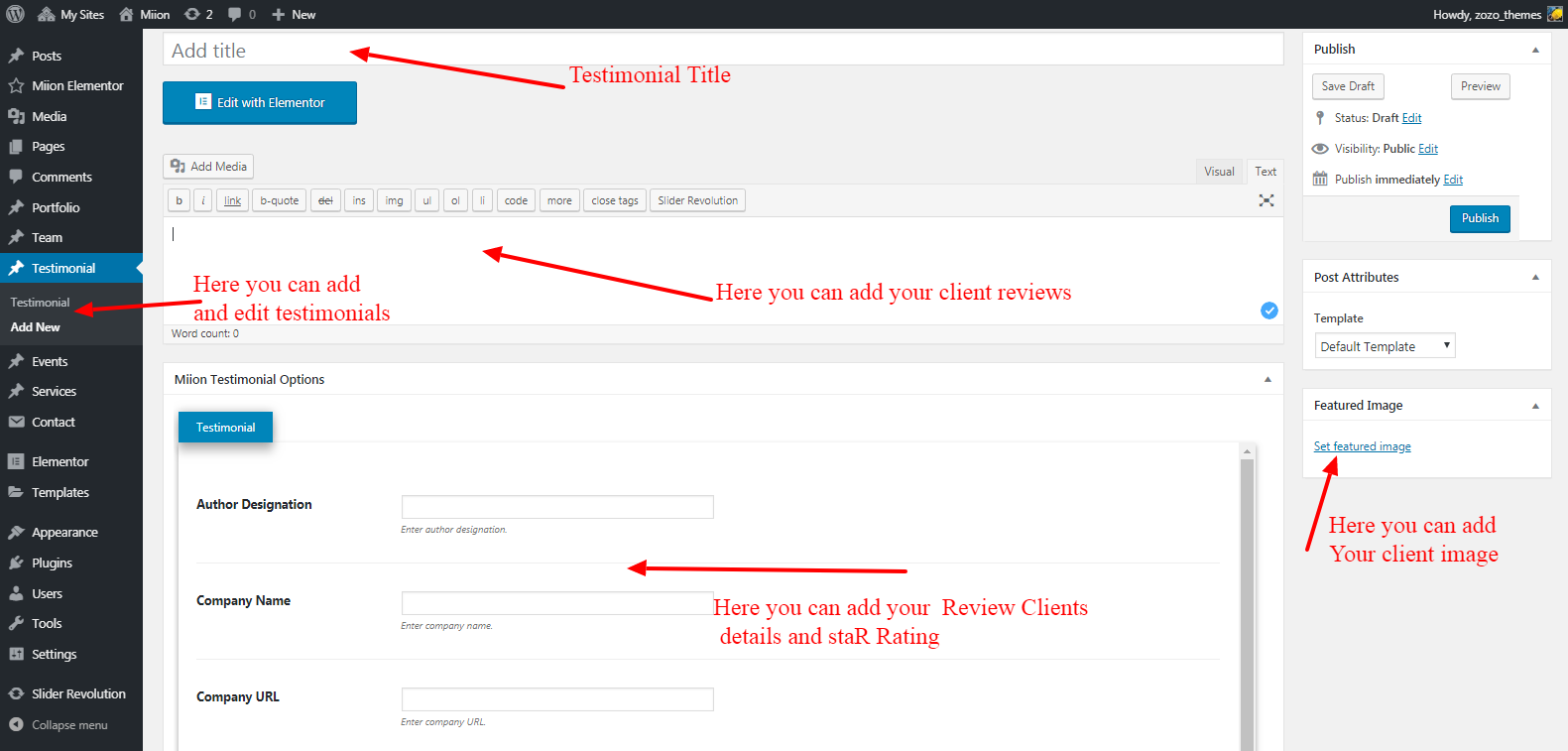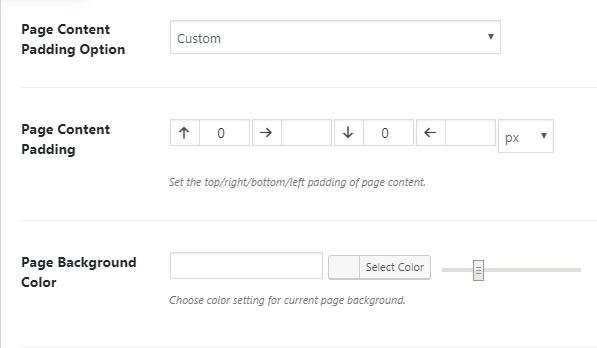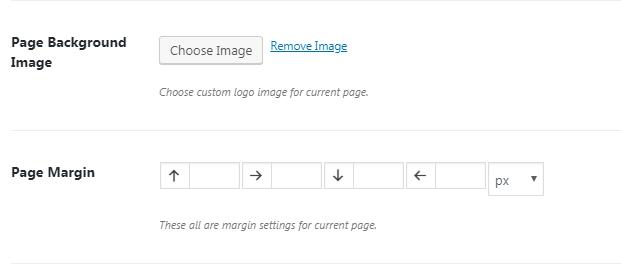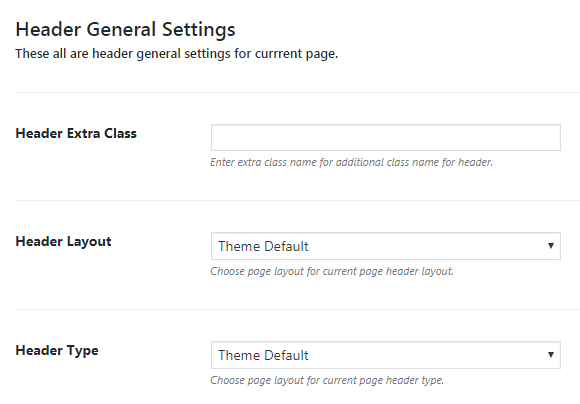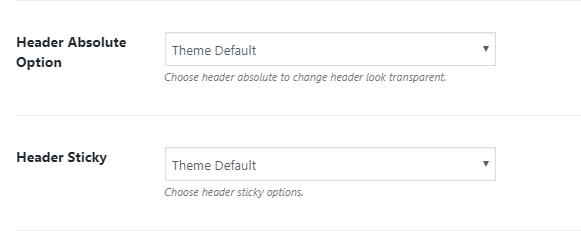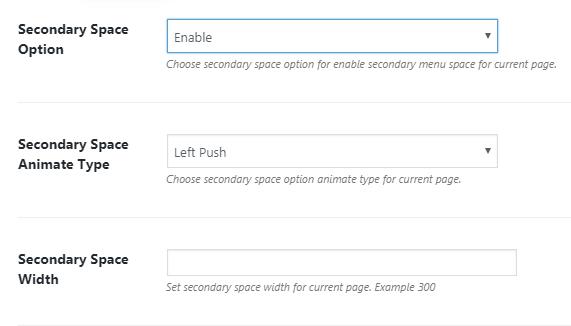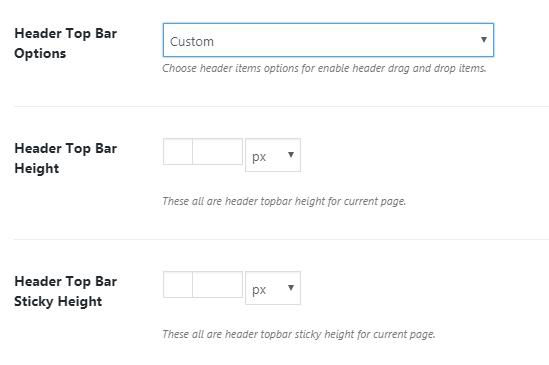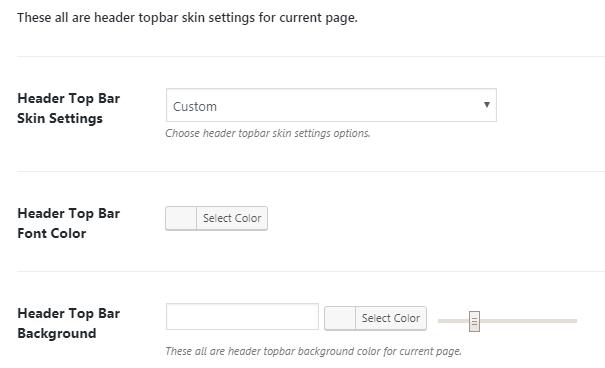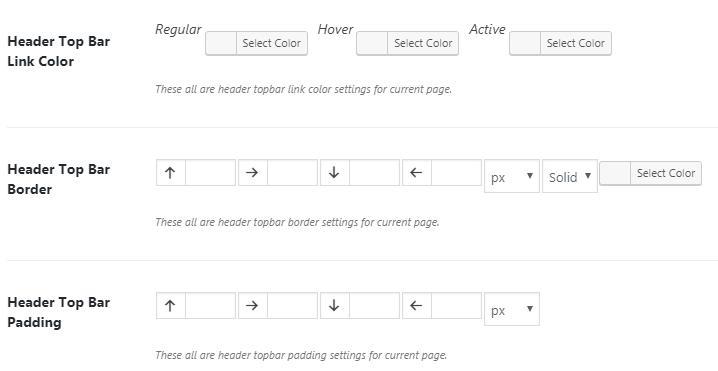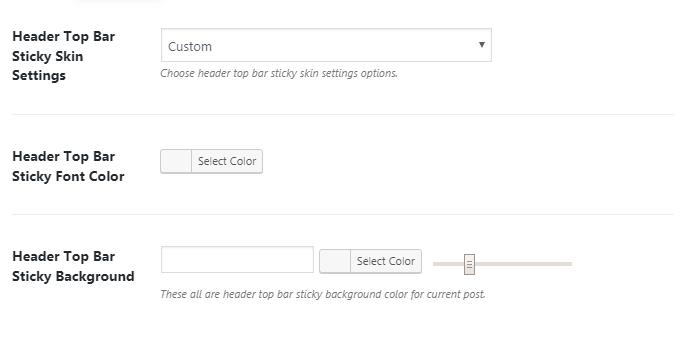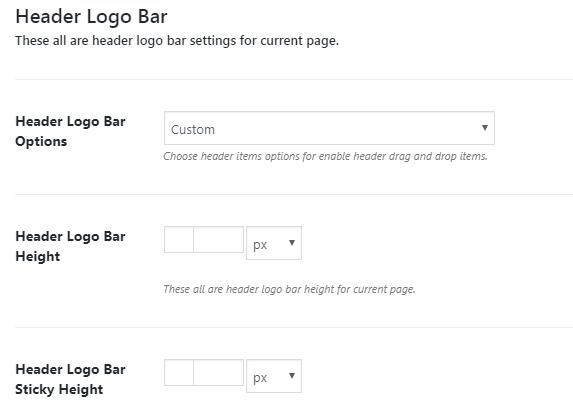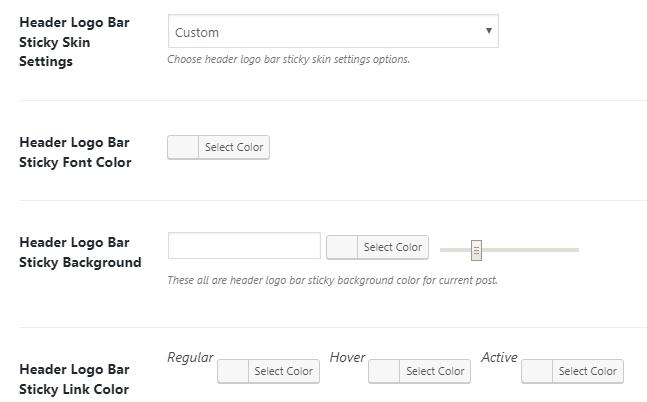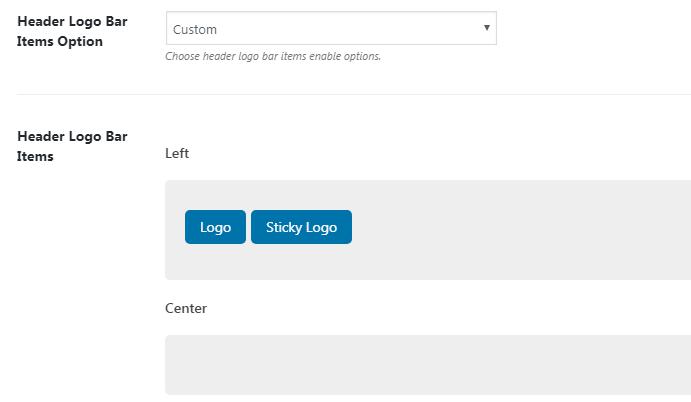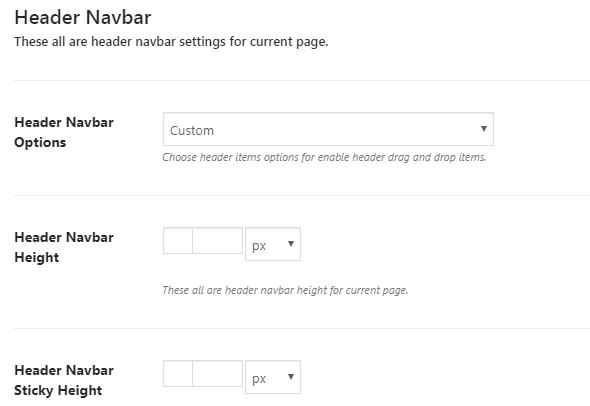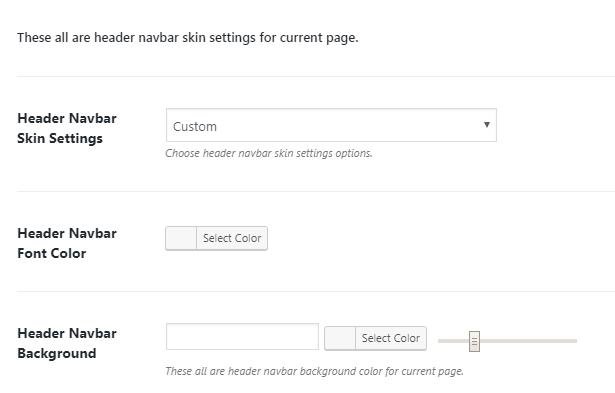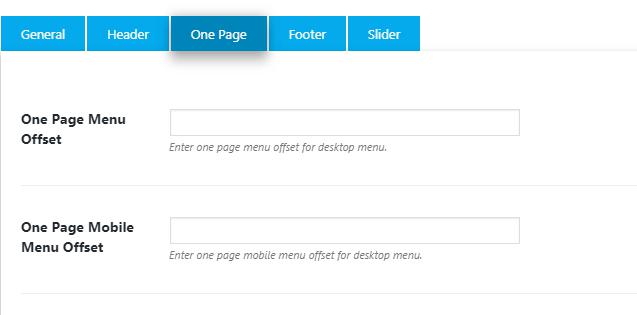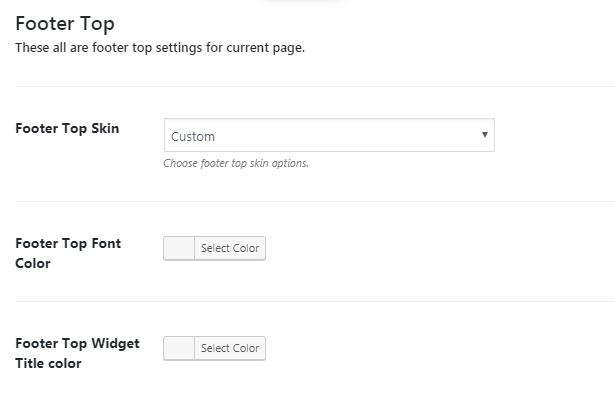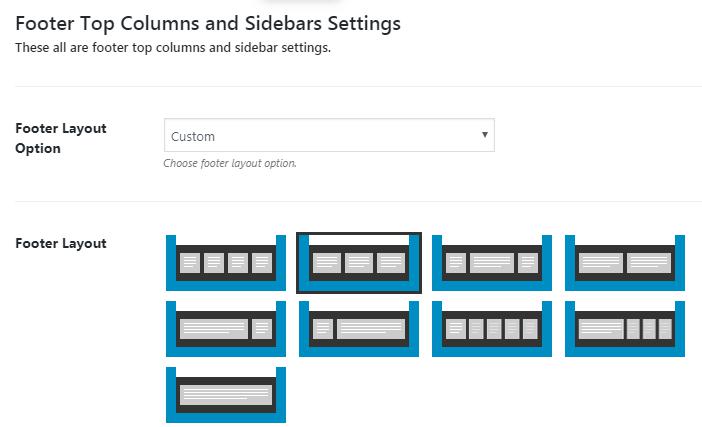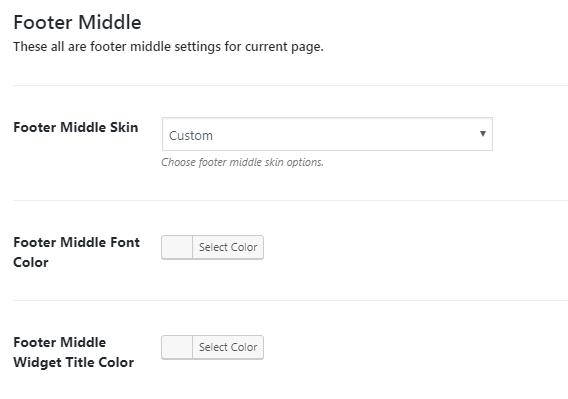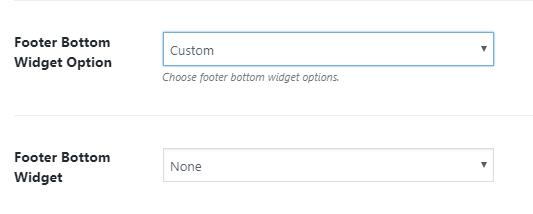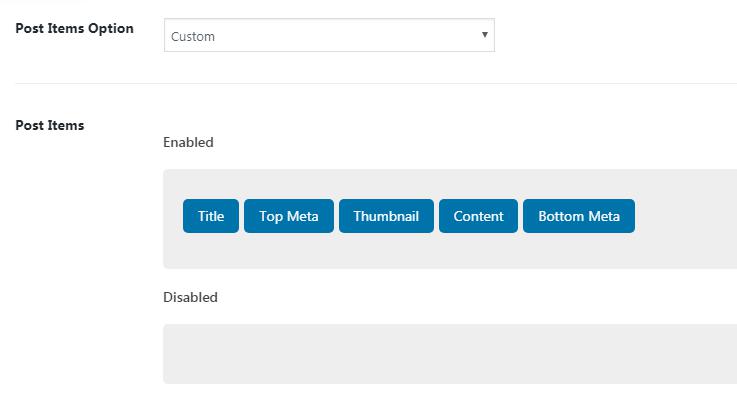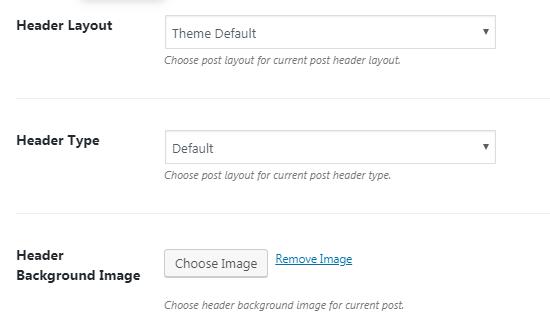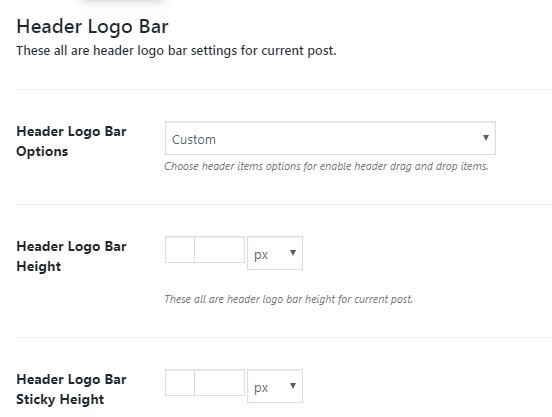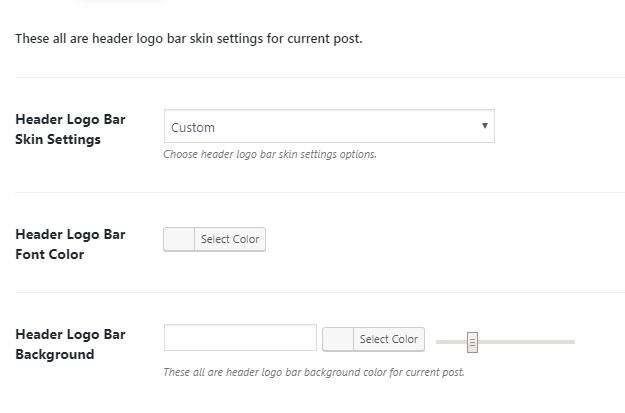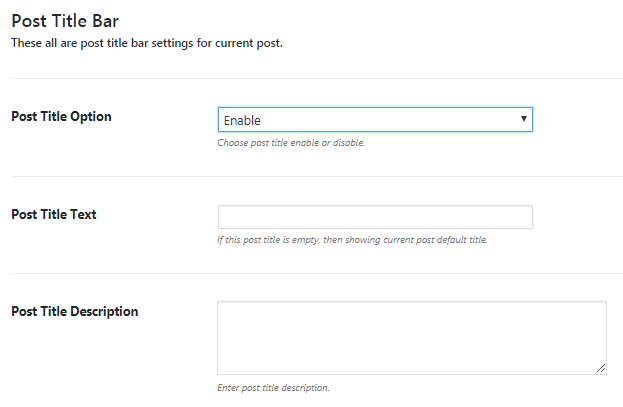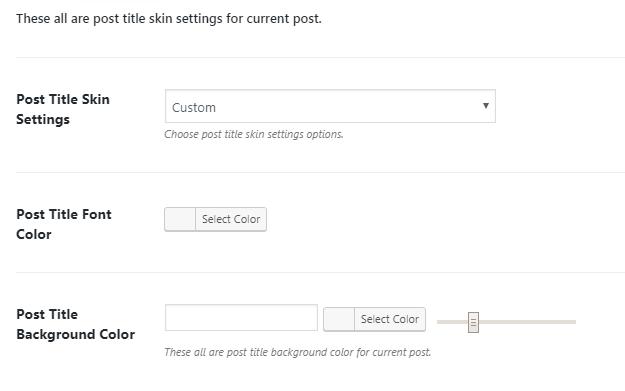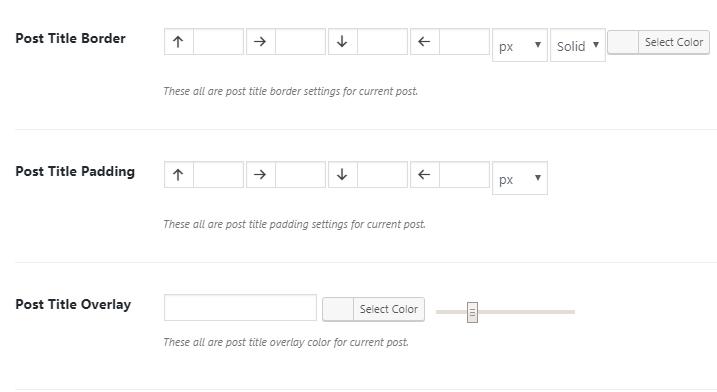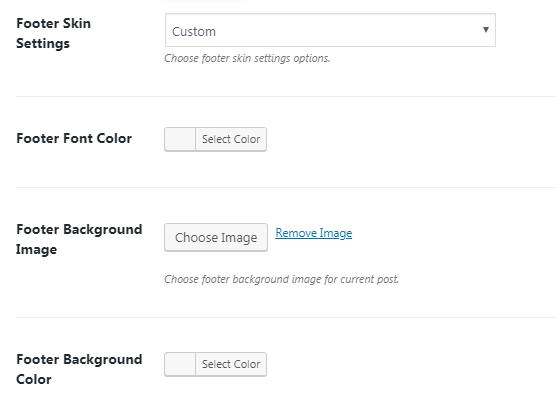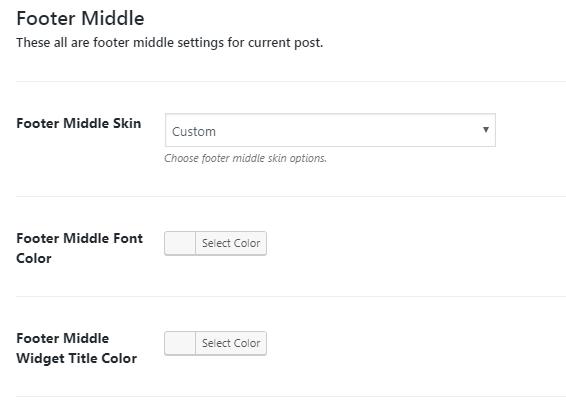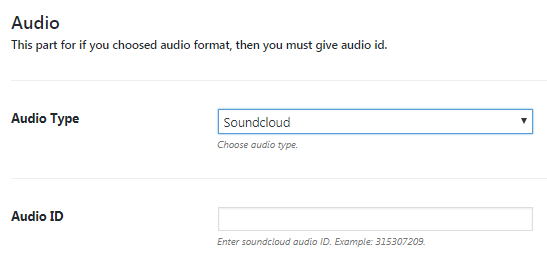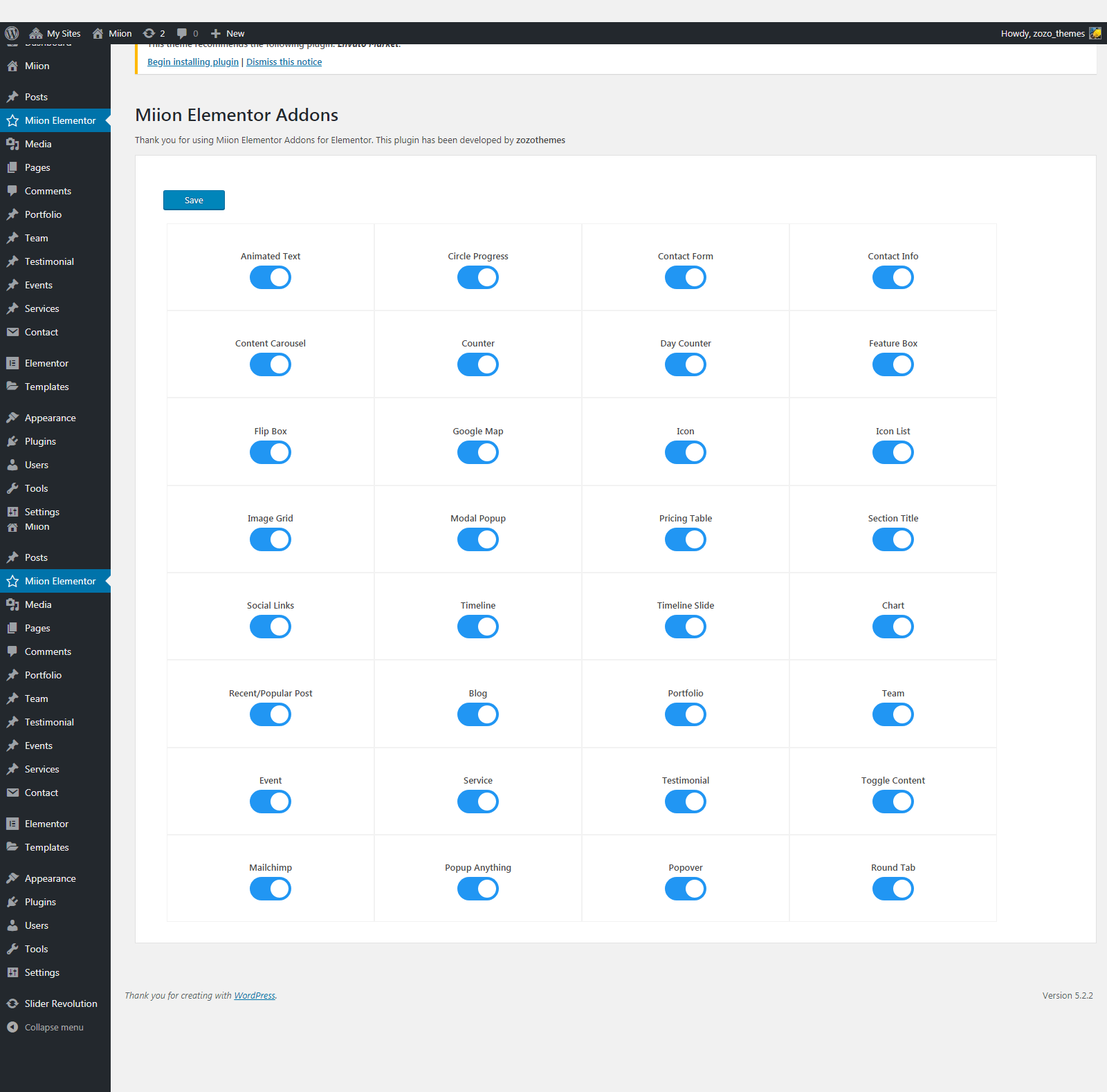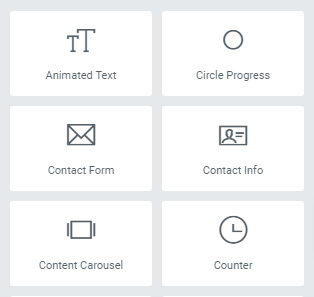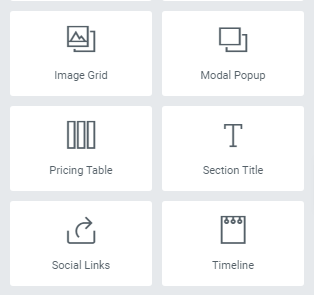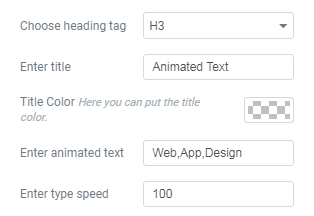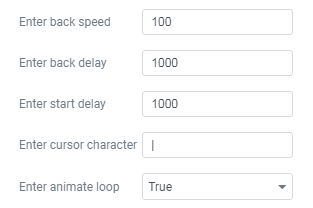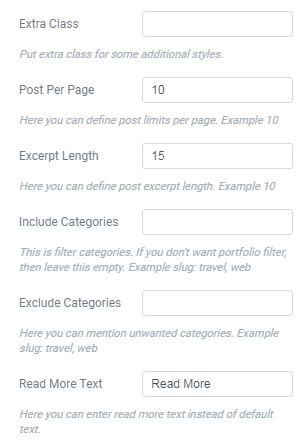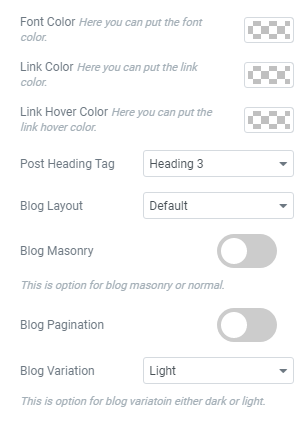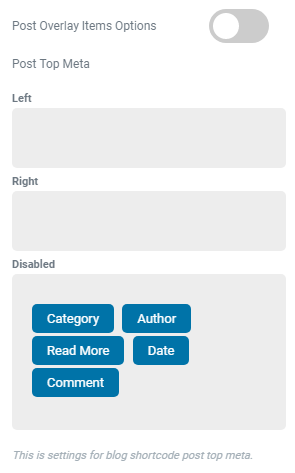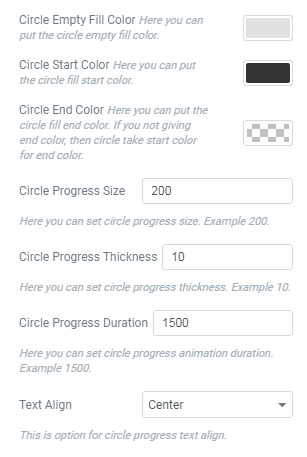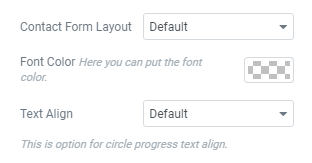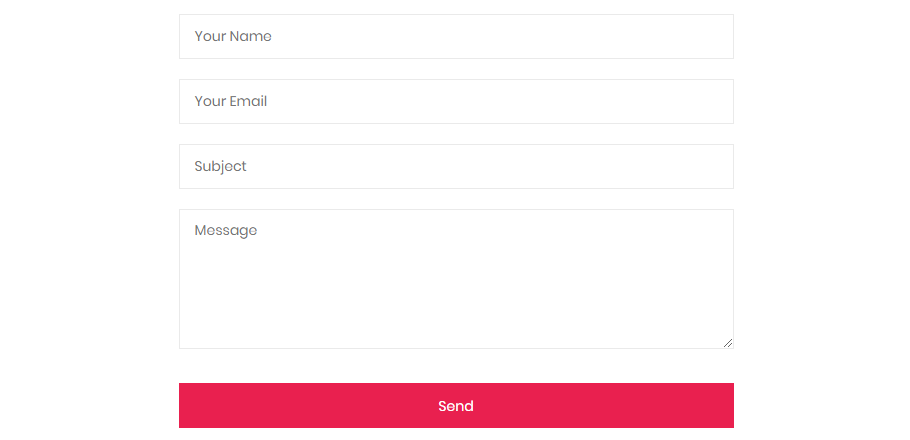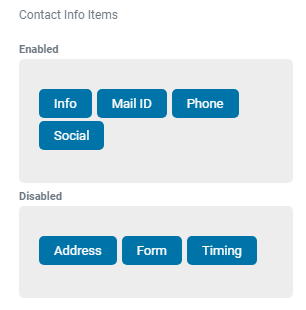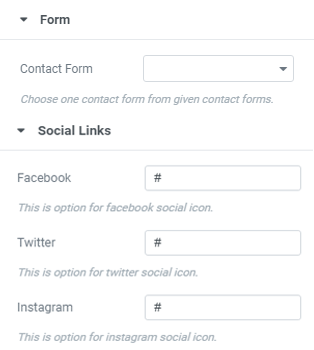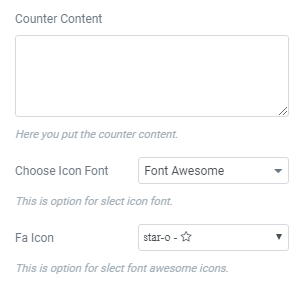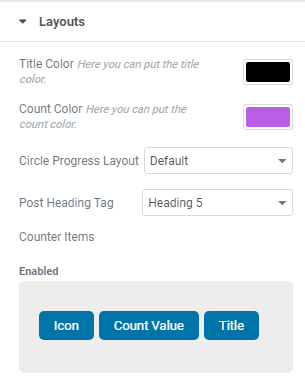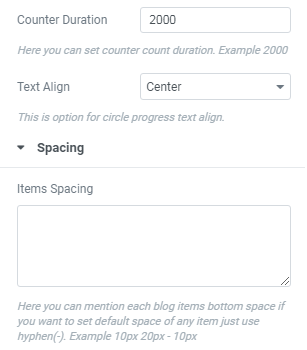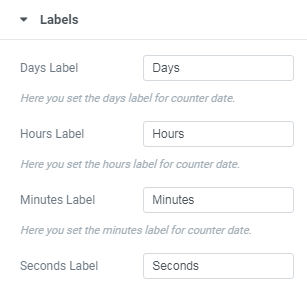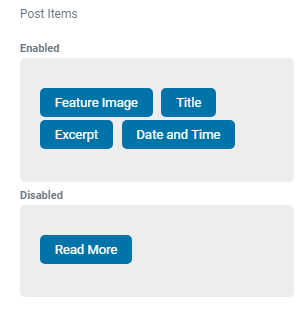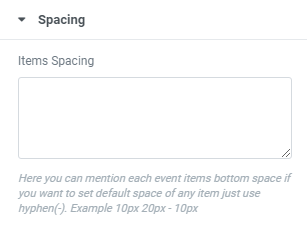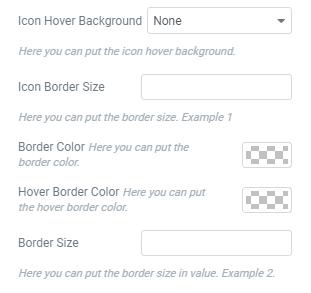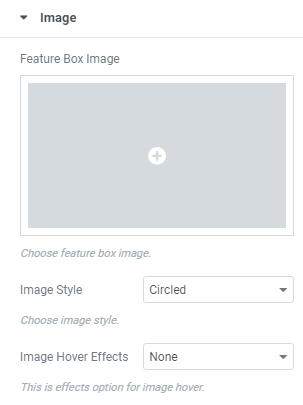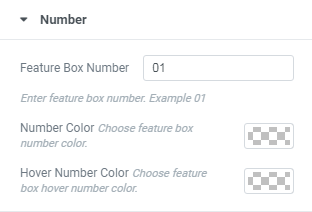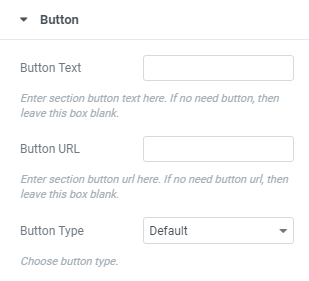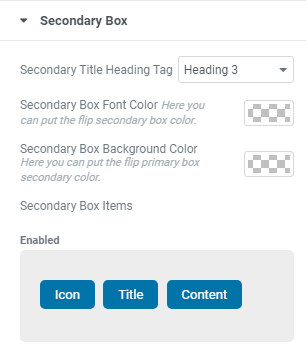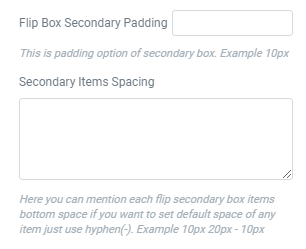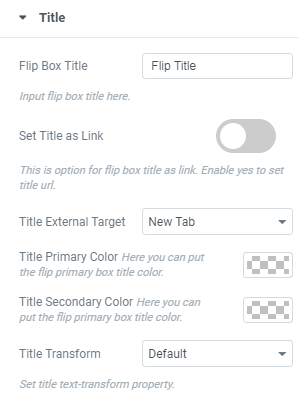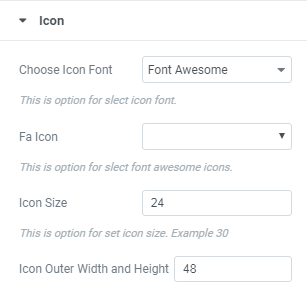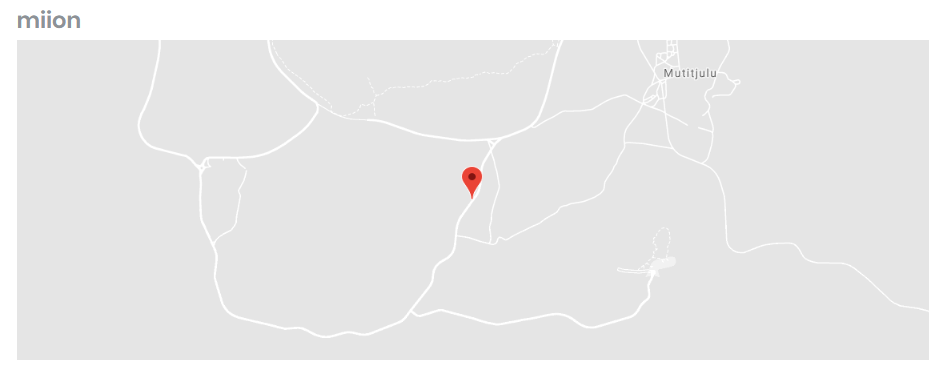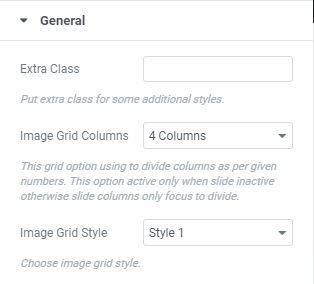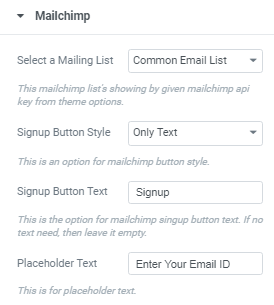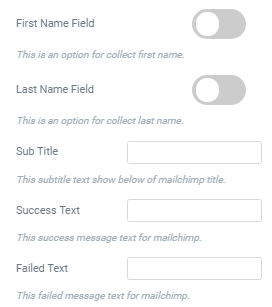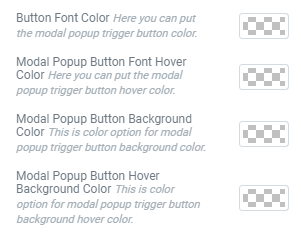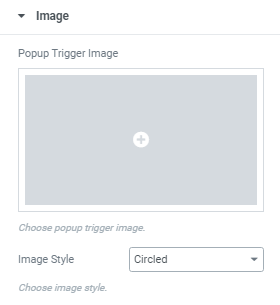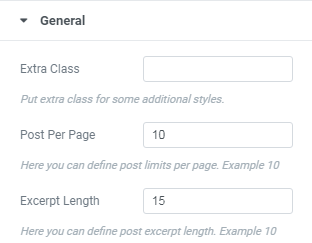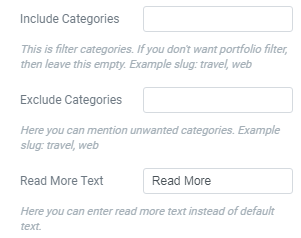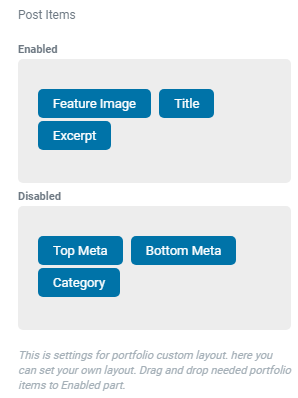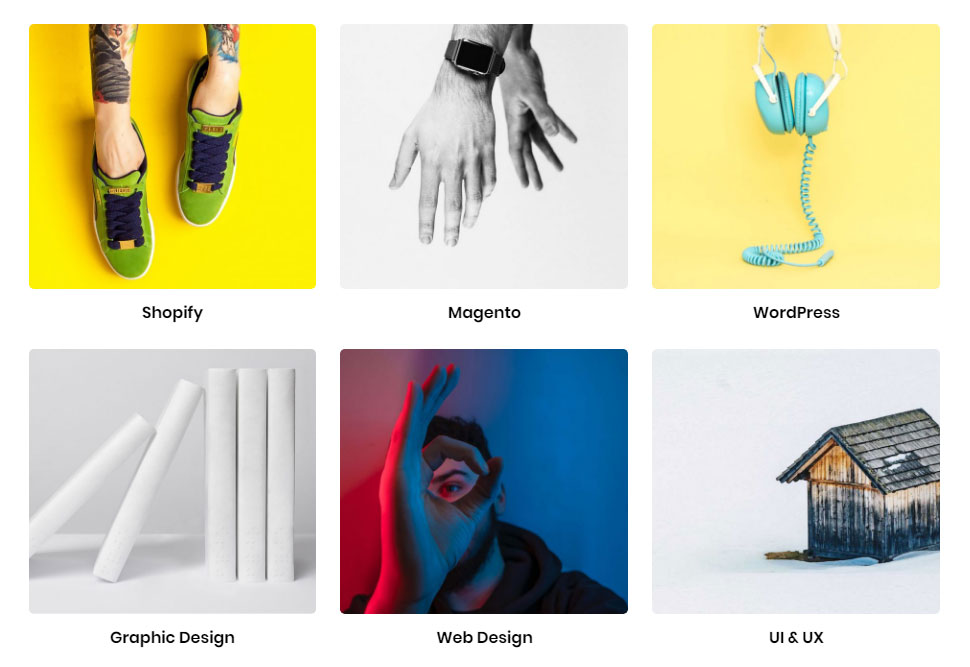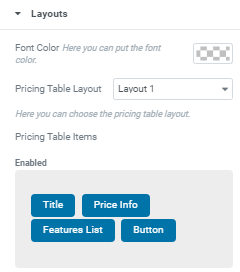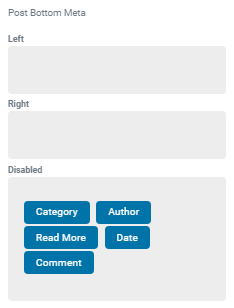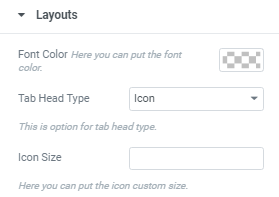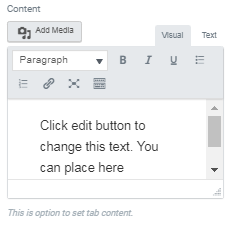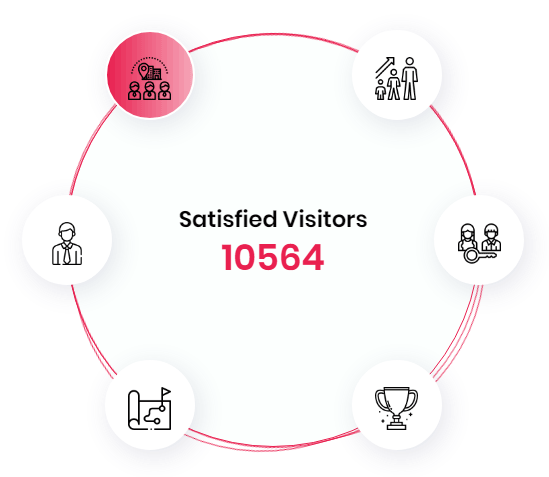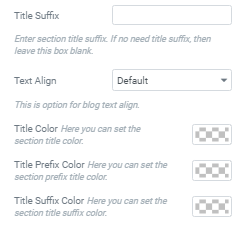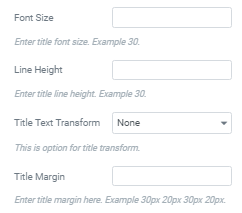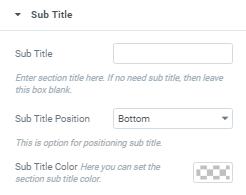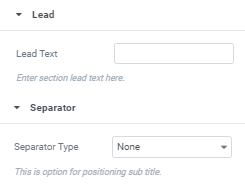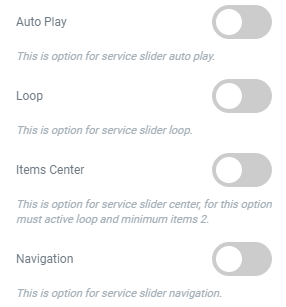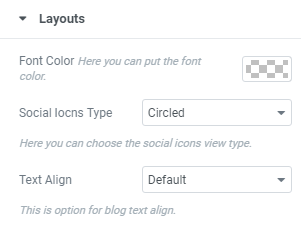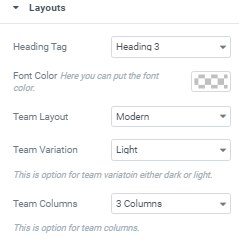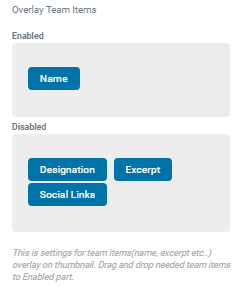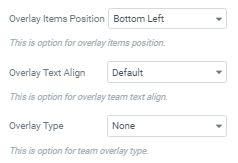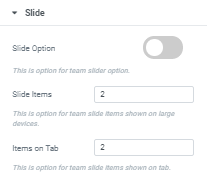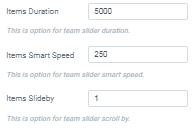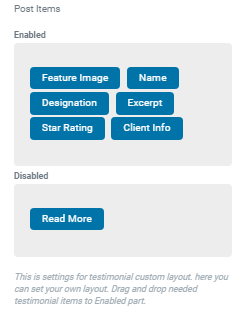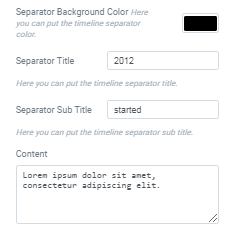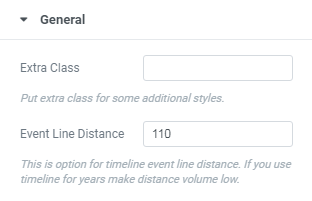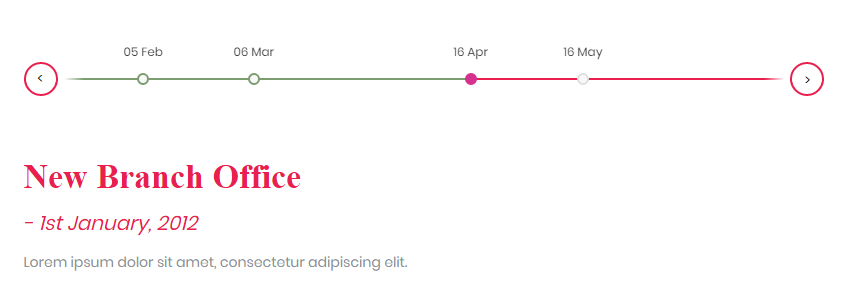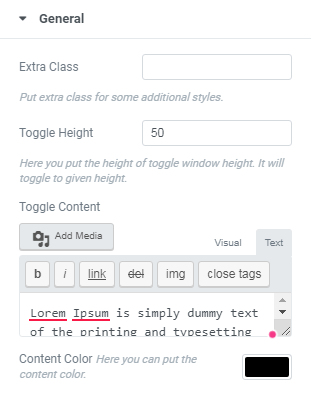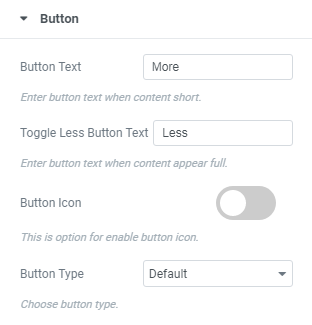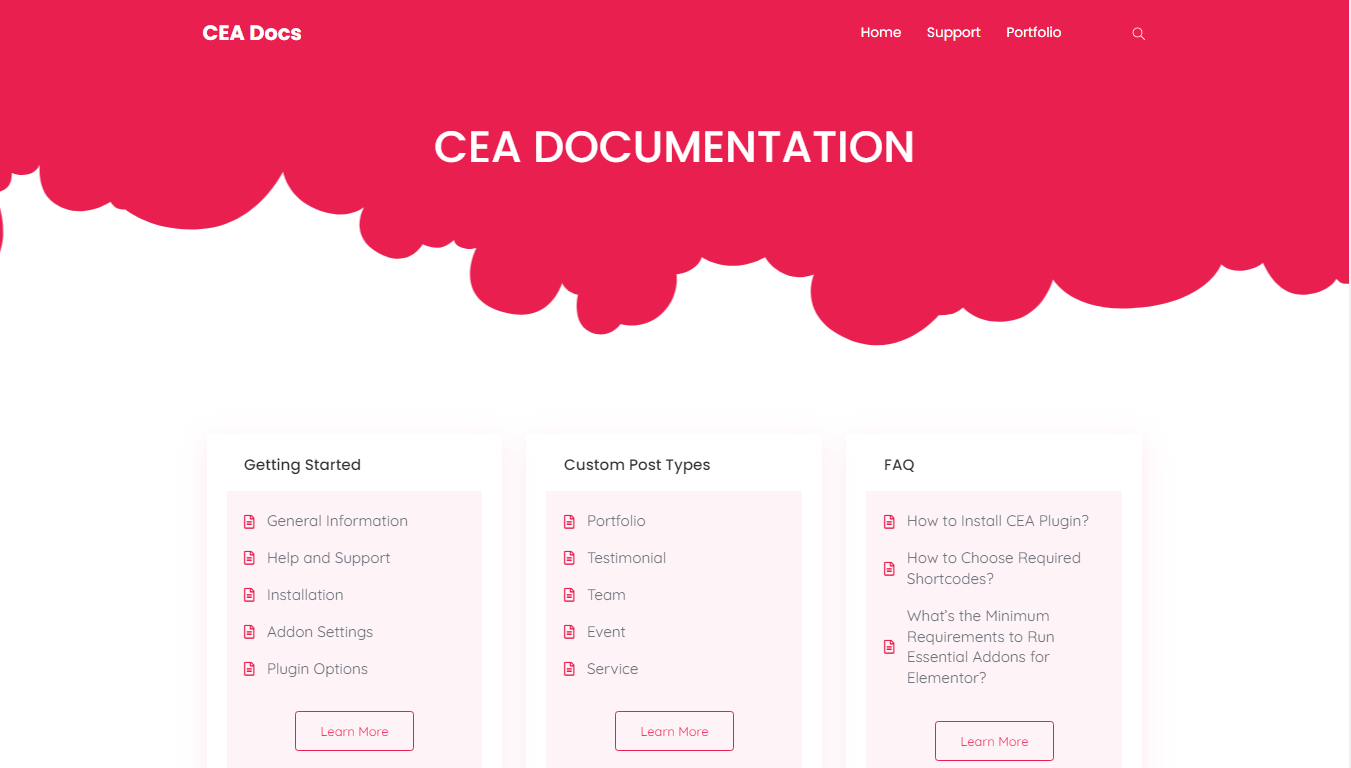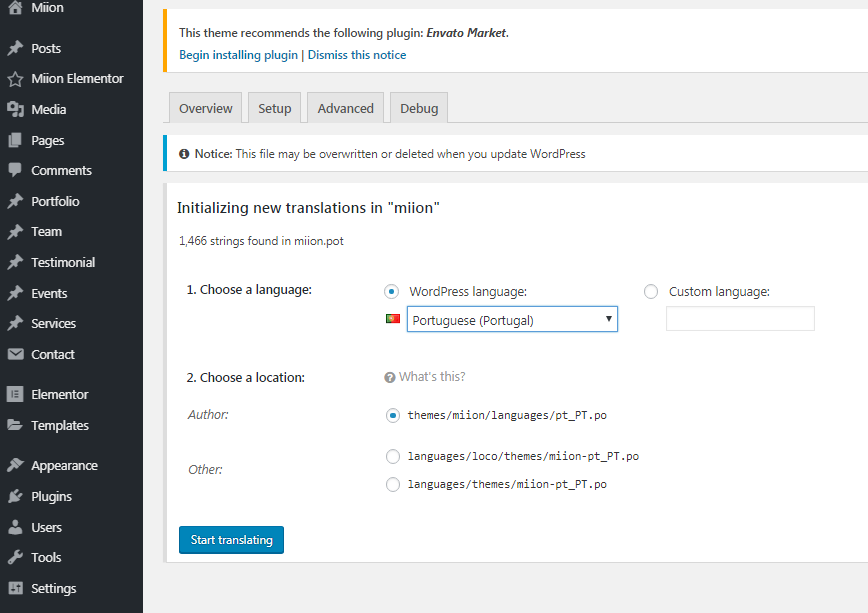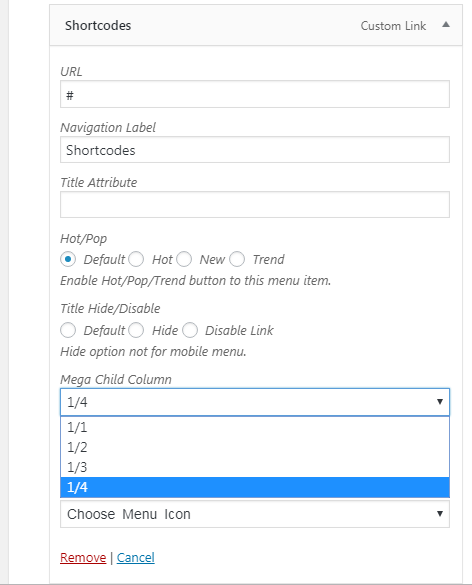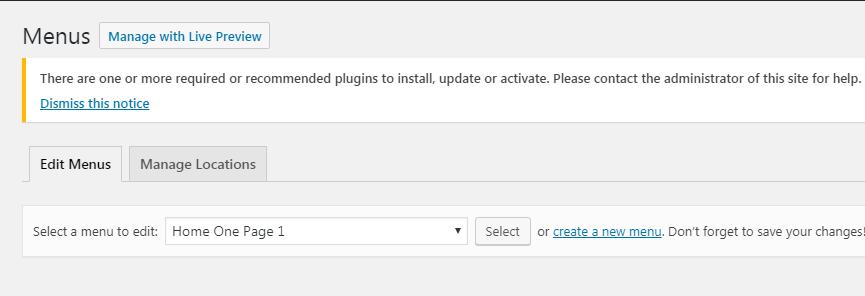Help and Support
All of Our Themes come with 6 months of included support and free lifetime updates for your Theme.Once the 6 months of included support is up, you have the opportunity to extend support coverage up to 6 or 12 months further.
We have an advanced, secure ticket system to handle your requests. All of our items come with free support. Feel free to post them on our Support Ticket center. We will respond as soon as possible (within 24 – 48 hours, usually faster). We are open from 9am to 7pm (IST), from Monday till Saturday. Support is limited to questions regarding the theme’s features or problems with the theme. We are not able to provide support for third-party plugins.
Item Support Includes:
- Answering questions about how to use the item.
- Answering technical questions about the item.
- Help with defects in the item.
- Item updates to ensure ongoing compatibility and to resolve security vulnerabilities.
Not Included in Item Support:
- Theme customization and requests that require or involve custom coding.
- Installation of the item.
- Hosting, server environment, or software.
- Support for compatibility with 3rd party plug-ins.
- Support for out-dated or modified themes.
Articles
For more information regarding the theme's functionality, we suggest checking our Articles.
How to Verify a Token?
- Enter your Email address in the first field
- Enter your theme purchase code in the second field.
How to get Purchase Code?
- Click on the Activate button to activate your theme.
Attention! 1 license = 1 domain = 1 website. You can always buy more licences for this product:
Theme Requirements
You need some requirements to install and use the Restaurt theme.
max_execution_time 300memory_limit 128Mpost_max_size 32Mupload_max_filesize 32Mmax_input_vars 2000
please use Strong passwords and the latest version of WordPress and all plug-ins keep updated.
Theme Installation
Unpacking the theme
When you download the theme from Themeforest, you will get an archive file in .zip extension. You need to unzip that archive file. The restaurt.zip file is the Installable WordPress Theme and what you need to use to get the theme installed. Please see the following steps that how to install restaurt.
In our theme package contains the main theme, child theme and documentation and demo contents too.
In order to install the theme, you need to have a working version of WordPress installed on your server first. Check out this guide.
- Login to your WordPress Dashboard.
- Navigate to Appearance > Themes. Click Add new button, located at the top of the screen or Add new theme
- Click on Upload Theme button at the top of the screen.
- Choose restaurt.zip.
- Active the theme after it is completely uploaded. To active Go to Appearance > Themes and activate the installed theme.
- After activating the theme a notice should appear on the top of the screen, click on begin installing plugin and install the Plugins given in this theme.
There are 2 ways to install the theme:
- Via FTP:
- Log into your web server with FTP client software.
- Unzip the
restaurt.zip file and ONLY use the extracted /restaurt theme folder.
- Upload the extracted
restaurt theme folder into /wp-content/themes.
- Navigate to the Appearance > Themes tab and activate the theme.
- Via WordPress admin panel:
- Log into the WordPress admin panel.
- Navigate to Appearance > Themes and click on Add New and Upload Theme.
- Select the
restaurt.zip folder and click Install Now button.
- After the successful installation, click on Activate or navigate to the Appearance > Themes and click onActivate button to activate the newly installed theme.
Plug-ins Installation
Below is the list of the plug-ins that come included into the theme.
All these plug-ins can also be installed from the WordPress.org repository and from Theme plugins.
- Contact Form 7
- Slider Revolution(required)
- restaurt Core (required)
- WooCommerce
- WPCafe (required)
- Elementor Page Builder (required)
- Classic Elementor Addons Pro (required)
To make the site look exactly as on the Our demo, you must need to install all of the recommended plug-ins:
- After the installation/activation of restaurt Core plug-in and the theme activation you will see plug-ins to install tab. Click on the Click and install plugins link or go to Wordpress Dashboard >> restaurt >> plugins and demo here you can install all of our recommended plugins.
- Here you can select after that install and activate the plugin
Page Builder
All existing demo pages and layouts are built using Elementor Page Builder and should be customized using Elementor Page Builder only.
PLEASE NOTE! We recommend Please use one page builder for per page or post.
Child Theme
A child theme allows you to change small aspects of your site’s appearance yet still preserve your theme’s look and functionality. To understand how child themes work it is first important to understand the relationship between parent and child themes.https://codex.wordpress.org/Child_Themes
IMPORTANT! Install the child theme before importing the demo data. Otherwise, all of your theme options will be reset.
A child theme is installed the same way you install a parent theme. Locate the restaurt-child.zip file in the theme package and upload it via the WordPress admin panel. or you can unzip it and upload via FTP (see main theme installation.
Using a Child Theme
So here you can modify default funtions with funtions.php and overwrite style CSS with style.css
Demo Content
Reading the below statement to learn how to import demo content. W have also include the exported XML file from our demo, this allows you to quickly set up your theme. The XML file will give you all of our demo pages.
In order to import the demo content go to Theme Panel (WP Dashboard) > restaurt > plugin and Demo.
On this page that we showed up to set the required configurations.
Only Pages, Forms & Sliders
When choosing the partial demo data import, the new content will be added to your existing data.
Although this will not overwrite your existing content, we still recommend backing up your website before doing this.
Whole Demo Site Content
Demo import will enable you to import all media files, pages, theme options, and plug-in settings.
In case demo data installation is stuck, you can manually install it by downloading the demo.zip archive from theme package and extract it in your Theme's folder root directory. If the issue persists, please contact your hosting service provider to make sure that your server configuration meets the Theme Requirements. Otherwise, please refer your request to our support center.
How to Demo Import by Manual?
Step-1
Theme Installation: Admin Dashboard –>> Appearance –>> Themes –>> Just activate our theme.
Theme Name: restaurt
Plugin Installation: Admin Dashboard –>> restaurt –>> Plugins –>> Install and Activate All required plugins.
Plugins –>> Add New –>> Plugin name is “Widget Importer and Exporter” have to install and activate this plugin.
https://wordpress.org/plugins/widget-importer-exporter/
System Status: Open with “System Status” tab must have the like below image.
Manual Import Files: All files you get from Envato market, click and download like the below image.
- 1. theme.xml
- 2. widgets.wie
- 3. theme-options.json
- 4. custom-sidebars.json
Step-2
Theme Options Import:
Just open theme-options.json file and copy text and paste to
Appearance > Customize > restaurt Theme options > Import/Export > Import > paste > Click import. Save theme options.
Step-3
XML Import:
Ready to all import files.
In admin dashboard You can find Tools > import > WordPress > Run importer > Choose upload theme.xml file and to import.
- 1. Import author: technology (technology).
- 2. Import author: zozothemes (zozo_newser_user).
After, here you can choose your username and both are same.
All are must have like the below images.
Click the Submit button.
Step-4
Create Custom Sidebars:
You can edit the custom-sidebars.json file with any text editors( ex: notepad, notepad++ and sublime editors).
Admin Dashboard –>> Appearance –>> Custom Sidebars –>> Add Sidebar( Here you can create your custom sidebars).
You can create one after another.
Follow the below images:
Widgets Import:
For widget import plugin:
In admin dashboard You can find Tools > Widget Importer and Exporter Settings >> Import Widgets and Choose file with (.wie format) and import your widgets.
Now files are imported, you need to set up some settings by manual(menus and front page).
Menus Settings:
Step1: Select a menu to edit: “Primary Menu”.
In admin dashboard >> Appearance >> Menus >> You must select the “Primary Menu” like the below image.
Choose Your Front Page:
In admin dashboard >> Settings >> Reading >> Reading Settings >> A static page (select below) >> Home Page (Select your home page).
Theme Update
You can update the theme in two ways are following
Update Option 1. Update using WordPress uploader
- Log into your ThemeForest account and navigate to Downloads tab. Find the theme and download Installable WordPress file only.
- Log into your WordPress website and go to Appearance > Themes.
- Activate a default WordPress theme. Delete the older version of your theme and re-upload the new WordPress Installable files that you have downloaded from ThemeForest during the 1st step.
- Once it is uploaded, activate the theme.
IMPORTANT! If you're using a child theme, do not activate the newly uploaded parent theme. Activate your old child theme instead. Otherwise, all the child theme customizations will be lost.
- Update (if necessary!) the included plug-ins, if you see a notification message prompting about a newer version.
- Navigate to WP Dashboard > Plugins > Installed Plugins.
- Deactivate and delete the rest plug-in(s) of old version.
- Go to (restaurt)WordPress Dashboard > Plugins and demo and install the plug-in(s) like it was described in the Plugins Installation section of this documentation.
Update Option 2. Update using FTP client
- Log into your ThemeForest account and get the last version of the theme as described above.
- Connect to your server using desktop client software (we recommend Filezilla and FlashFXP.
- Change directory to
/wp-content/themes.
- Remove/rename existing folder with old theme files.
- Unpack theme installable files downloaded from ThemeForest and upload them to the
themes folder.
- Update (if necessary!) the included plug-ins in the way described above, if you see a notification message prompting about a newer version.
Logo & Site Identity
This setting helps you to manage site identity features.
- Upload a new logo in the Customizer > General > Logo section and save the changes.
Site Title
Here you can Enter the Website title. If the image logo is not uploaded it appears as the logo title.
Tagline
This field is for adding your Website Slogan/Taglines. If the image logo is not uploaded it appears Under the Site title.
Site Icon (Favicon)
Navigate to Customize >> Site Identity >> Site Icon. Here you can upload your site favicon. This site icon (favicon) must be square, and at least 512 pixels wide and tall. It is used as a browser and app icon for your site.
General Settings
In this General Settings option you can manage look of the whole site.
Layout Settings:
Here you can choose the Body layout style and View.
- Boxed - the page's body is in the area of limited screen width, and the background image is visible.
- Wide - the page's body occupies an entire screen width (background image is behind it and is not visible), and the content occupies the fixed width area in the center of the screen.
- Site Width - Set the site width here. Here No need to specify units like px, em, etc.. Example 1200
- Page Content Padding - Set the top/right/bottom/left padding of page content. Here No need to specify units like px, em, etc.. Example 10 10 10 10
Page Loader:
- Page Loader - Enable/Disable page loader, here you can upload your page loader image.
- Infinite Scroll Image - Here you can upload infinite scroll image.
Site Logo's:
This is the setting for all the site logo's.
- Logo - Here you can upload your site logo.
- Sticky Logo - Here you can upload your sticky logo.
- Mobile Logo - Here you can upload your Mobile Logo.
API:
This is the setting for all the api's where used in this site.
- Mailchimp API Key - Place here your registered mailchimp API key.
- Google Map API Key - Place here your registered Google map API key.
Comments Type:
This an option will be showing comment like Facebook or default WordPress.
- Comments Like - Enable/Disable to show or hide comments likes to single post comments.
- Comments Share - Enable/Disable to show or hide comments share to single post comments.
Media Settings:
This is the setting for media sizes
- Image Types - Here you can set your image size for Team / Blog / Grid images.
RTL:
This is the setting for theme view RTL
- RTL Enable/Disable - Enable/Disable RTL to change theme right to left view.
Skin
- Theme Skin - This is the setting for theme skin.
- Theme Color - Here you can choose theme color.
- Secondary Color - Here you can choose theme Secondary color.
- General Links Color - Here you can set link color and link hover, active colors.
- Body Background- This is the setting for theme body background.
- Body Background Settings- This is the settings for body background with image, color, etc.
Typography
General Typography
This is the setting for theme general typography
- Body Fonts - This is the setting for theme general typography. This will apply for full site content.
- H1 to H6 - This is the setting for theme H1 to h6 typography here you can choose font family, color , size line height etc. This Heading style will apply for All heading text in the site.
Widgets Typography
This is the setting for theme Widgets typography, here you can Specify the widget title and content typography properties. This will only apply for Footer and Sidebar widgets
- Widgets Title Typography - Here you can select your Footer and sidebar widget title typography like font family, font color, font size etc.
- Widgets Content Typography - Here you can select your Footer and sidebar widget content typography like font family, font color, font size etc.
Menu Typography
This is the setting for theme Menu typography, here you can Specify the menu typography properties. This will only work with the header Main menu
- Main Menu Typography - Here you can select your Menu typography like font family, font color, font size etc.
- Drop-down Menu Typography - Here you can select your Footer Drop-down menu typography like font family, font color, font size etc.
Other Typography
This is the setting for theme common typography
- Other Typography - Here you can select your Menu typography like font family, color, size, line height for Header Top Sliding Bar, Header Top bar, Header Logo Section, Header Navbar, Sticky/Fixed Header, Mobile Menu , Footer, Footer Top, Footer Middle, Footer Bottom.
Activated Custom post types will in WordPress Dashboard Like this
Services
- Here you can add new Service or you can Edit already existing Service
- You can Add Feature Images Contents here and this will display in Single Service page and Service Shortcode
- You can Add Service Shortcode in elementor page builder, so Contents will display in Front end
Team
- Here you can add new Team or you can Edit already existing team
- You can Add Feature Images Contents here and this will display in Single Team page and Team Shortcode
- You can add team member details like social links, Contact detail designation etc
- You can Add Team Shortcode in elementor page builder, so Contents will display in Front end
Event
- Here you can add new Event or you can Edit already existing team
- You can Add Feature Images Contents here and this will display in Single Event page and Team Shortcode
- You can add Events details like Event venue, Date , time , form etc...
- You can Add Events Shortcode in elementor page builder, so Contents will display in Front end
portfolio
- Here you can add new portfolio or you can Edit already existing Portfolio
- You can Add Feature Images Contents here and this will display in Single Portfolio page and Team Shortcode
- You can add Portfolio details , Project link, Clients details etc...
- You can Add Portfolio Shortcode in elementor page builder, so Contents will display in Frontend
Testimonials
- Here you can add new Testimonials or you can Edit already existing Testimonials
- You can Add Feature Images Contents here and this will display in Single Team page and Testimonials Shortcode
- Here you can add your client Reviews , Ratings and their details like image and Contact info
- You can Add Testimonials Shortcode in elementor page builder, so Contents will display in Frontend
Page options
This is Page Options here you can modify this page Layouts and looks this all settings will only work for this particular Page.
General Settings
This is general page settings like layouts , Skins etc and this all settings will only work for this particular Page.
- Page Layout- Choose page layout for current post single view. Here you can set Boxed Or Wide layout
- Page Content Padding Option- Here you can Set the top/right/bottom/left padding of page content.
- Page Background Color- Choose color setting for current page background.
- Page Background Image- Set Image for current page background.
- Page Margin- These all are margin settings for current page.
- Page Template Option - Here you can select the current page template like left, Right , both sidebar template.
- Sidebar On Mobile- Here you can enable disable Sidebar on Mobile
One Page Settings
This is for One page settings. This all settings will only work for this particular Page.
- One Page Menu Offset- Here you can set the required space between header and content for desktop menu.
- One Page Moblie Menu Offset- Here you can set the required space between header and content for mobile menu.
Post Options
This is Post Options here you can modify this page Layouts and looks this all settings will only work for this particular post page.
General Settings
This is general page settings like layouts , Skins etc and this all settings will only work for this particular post.
- Post Layout- Choose post layout for current post single view. Here you can set Boxed Or Wide layout.
- Post Content Padding Option- Here you can Set the top/right/bottom/left padding of page content.
- post Background Color- Choose color setting for current page background.
- Post Margin- These all are margin settings for current page.
- Post Template Option - Here you can select the current page template like left , Right , both sidebar template.
- Sidebar On Mobile- Here you can enable disable Sidebar on Mobile.
- Featured Slider- Here you can enable feature slider on this current post single page.
- Full Width Wrap- Here you can enable or disable single post full width wrap.
- Post Items Option- Here you can drag and drop required single post items for this current post single page.
- Post Overlay Items- Here you can drag and drop required single post overlay items for this current post single page.
- Post Page Items options- Here you can drag and drop required single post page items for this current post single page.
- Post Overlay Items- Here you can drag and drop required single post overlay items for this current post single page.
Slider
This is Slider settings here you can slider Your Page. This will work in this page only.
- Slider Option- Here you can select slider position, you can select slider on top of the header Or bottom of the header.
- Slider Shortcode- This is the place for enter slider shortcode. Example revolution slider shortcodes.
Format
Here you can select your post format and its types and formats.
- Video- This part for if you choosed video format, then you must choose video type and give video id.
- Video ID- Enter Video ID Example: ZSt9tm3RoUU. If you choose custom video type then you enter custom video url and video must be mp4 format.
- Audio- This part for if you choosed audio format, then you must give audio id.
- Audio ID- Enter soundcloud audio ID. Example: 315307209.
- Gallery- This part for if you choosed gallery format, then you must choose gallery images here.
- Quote- This part for if you choosed quote format, then you must fill the quote text and author name box.
- Link- This part for if you choosed link format, then you must fill the external link box.
- Link Modal- Here you can choose link modal, Text and External links.
Animated Text
This shortcode For to insert Animated text.
- Choose heading tag - Here you can select content Title Heading tags
<h1>, <h2>, <h3>, <h4>, <h5>, <h6> HTML Tag
- Enter title- Here you can enter Title
- Enter animated text- Here you can Enter animated text with (,) Separator.
- Enter type speed- Here you enter speed
- Enter back speed- Here you Enter Back text speed
- Enter start delay- Here you can enter Start delay
- Enter cursor character- Here you can put cursor point
- Enter animate loop- Here you can select animation loop true or False.
Example:
Blog
- Post Per Page - Here you can define post limits per page. Example 10
- Excerpt Length- Here you can define post excerpt length. Example 10
- Include Categories - This is filter categories. If you don't want portfolio filter, then leave this empty. Example slug: travel, web
- Exclude Categories- Here you can mention unwanted categories. Example slug: travel, web
- Read More Text- Here you can enter read more text instead of default text.
- Heading Tag- Here you can select content Title Heading tags
<h1>, <h2>, <h3>, <h4>, <h5>, <h6>
- Font Color - Here you can put the font color.
- Link Color - Here you can put the link color.
- Link Hover Color- Here you can put the link hover color.
- Blog Layout- Here you can select your blog layout style
- Blog Masonry- This is an option for blog masonry or normal.
- Blog Pagination- Here You can enable Blog pagination
- Blog Variation- This is an option for blog variation either dark or light.
- Blog Columns - This is an option for blog columns.( 2,3,4)
- Post Items- This is the settings for blog custom layout. Here you can set your own layout. Drag and drop needed blog items to Enabled part.
- Post Overlay Items Options- Here you can enable Post overlay
- Post Top Meta- This is the settings for blog shortcode post top meta.
- Post Bottom Meta - This is the settings for blog shortcode post bottom meta.
- Text Align - This is an option for blog text align.
- Image Size - Choose thumbnail size for display different size image.
- Slide Option - This is an option for blog slider option.
- Slide Items - This is an option for blog slide items shown on large devices.
- Items on Tab - This is an option for blog slide items shown on tab.
- Items on Mobile - This is an option for blog slide items shown on mobile.
- Auto Play - This is an option for blog slider auto play.
- Loop - This is an option for blog slider loop.
- Items Center - This is an option for blog slider center, for this an option must active loop and minimum items 2.
- Navigation- This is an option for blog slider navigation.
- Pagination - This is an option for blog slider pagination.
- Items Margin - This is an option for blog slider margin space.
- Items Duration - This is an option for blog slider duration.
- Items Smart Speed - This is an option for blog slider smart speed.
- Items Slide by - This is an option for blog slider scroll by.
- Items Spacing - Here you can mention each blog items bottom space if you want to set default space of any item just use hyphen(-). Example 10px 20px - 10px
Example:
Circle Progress
This shortcode displays Progress Bar in Circle Shape
- Title- Here you put the circle progress title.
- Progress Value- Here you can place progress value. This value must be in 1 to 100. Example 70
- Content- Here you put the progress content.
- Font Color - Here you can put the font color.
- Title Color - Here you can put the title color.
- Circle Progress Layout- Here You can select your circle progress bar layout
- Circle Progress Items- This is the settings for Circle Progress custom layout. Here you can set your own layout.
Drag and drop needed Circle Progress items to Enabled part.
- Circle Empty Fill Color- Here you can put the circle empty fill color.
- Circle Start Color- Here you can put the circle fill start color.
- Circle End Color - Here you can put the circle fill end color. If you not giving end color, then circle take start color for end color.
- Circle Progress Size - Here you can set circle progress size. Example 200.
- Circle Progress Thickness - Here you can set circle progress thickness. Example 10.
- Circle Progress Duration - Here you can set circle progress animation duration. Example 1500.
- Text Align- This is an option for circle progress text align.
- Items Spacing - Here you can mention each blog items bottom space if you want to set default space of any item just use hyphen(-). Example 10px 20px - 10px
Example:
Chart
This shortcode displays Charts / Pie Charts / Line Charts.
- Title- Here you put the chart title.
- Chart Width- Here you can specify chart width. Example 800
- Chart Height- Here you can specify chart height. Example 300
- Chart Type- Here you can select you chart styles
- Chart Responsive- This is an option for responsive chart.
- Chart Legend Position- Here you can select should be display on Top or Bottom
- Chart Details- Here you can Add chart and its details.
Example:
Counter
This shortcode is used to show Counters.
- Title- Here you put the counter title.
- Counter Value- Here you can place counter value. Example 200
- Counter Content - Here you put the counter content.
- Choose Icon Font - This is an option for select icon font.
- Fa Icon - This is an option for select font awesome icons.
- Title Color - Here you can put the title color.
- Count Color - Here you can put the count color.
- Circle Progress Layout - Here you can select circle progress layout
- Post Heading Tag - Header you can select Heading tag for title,
- Counter Items - This is the settings for counter custom layout. Here you can set your own layout. Drag and drop needed counter items to Enabled part.
- Icon Size - Here you can put the icon custom size.
- Icon Style - This is an option for counter icon style.
- Counter Image - Choose section title counter image.
- Counter Duration - Here you can set counter count duration. Example 2000
- Text Align - This is an option for circle progress text align.
- Items Spacing - Here you can mention each blog items bottom space. if you want to set default space of any item just use hyphen(-). Example 10px 20px - 10px
Example:
Day Counter
This shortcode displays countdown.
- Date- Here you put the day counter date. Date format should be yyyy/mm/dd
- Font Color - Here you can put the font color.
- Day Counter Layout - Here you select Day counter Style
- Day Counter Items - This is the settings for day counter custom layout. Here you can set your own layout. Drag and drop needed services items to Enabled part.
- Day Counter Shape - This is an option for counter shape.
- Day Counter Shape- This is an option for counter shape.
- Text Align- This is an option for circle progress text align.
- Labels - Here you can set labels
Example:
Events
This shortcode displays Events. you can Customize Events in WordPress Dashboard >> Events >> Here you can Add new and Edit Existing Events
- Post Per Page- Here you can define post limits per page. Example 10
- Excerpt Length- Here you can define post excerpt length. Example 10
- Read More Text- Here you can enter read more text instead of default text.
- Heading Tag- Here you set Heading tag for title
- Font Color - Here you can put the font color.
- Event Layout - Here you can select Event style and design
- Event Variation - This is an option for event variation either dark or light.
- Event Columns - This is an option for event columns.
- Post Items - This is the settings for event custom layout. Here you can set your own layout. Drag and drop needed event items to Enabled part.
- Text Align - This is an option for event text align.
- Image Size - Choose thumbnail size for display different size image.
- Slide Option - This is an option for blog slider option.
- Slide Items - This is an option for blog slide items shown on large devices.
- Items on Tab - This is an option for blog slide items shown on tab.
- Items on Mobile - This is an option for blog slide items shown on mobile.
- Auto Play - This is an option for blog slider auto play.
- Loop - This is an option for blog slider loop.
- Items Center - This is an option for blog slider center, for this an option must active loop and minimum items 2.
- Navigation - This is an option for blog slider navigation.
- Pagination - This is an option for blog slider pagination.
- Items Margin - This is an option for blog slider margin space.
- Items Duration - This is an option for blog slider duration.
- Items Smart Speed - This is an option for blog slider smart speed.
- Items Slide by - This is an option for blog slider scroll by.
- Items Spacing - Here you can mention each blog items bottom space if you want to set default space of any item just use hyphen(-). Example 10px 20px - 10px
Example:
Feature Box
This Shortcode is used to display feature box , icon Box , Image Box and Video Box.
- Feature Box Title- Input feature box title here.
- Set Title as Link- This is an option for feature box title as link. Enable yes to set title url.
- Title External Target- Here you can select link target
- Title Heading Tag- Here you can select Heading tag for title
- Title Color- Here you select Title color
- Title Transform- Set title text-transform property.
- Font Color- Here you can put the font color.
- Feature Box Layout- Here you select Feature Box layout
- Text Align - This is an option for Feature Box text align.
- Feature Box List Style - This is an option for enable or disable feature box list style.
- Feature Box Items- This is the settings for feature box custom layout. Here you can set your own layout. Drag and drop needed feature items to Enabled part.
- Choose Icon Font - This is an option for select icon font.
- Fa Icon- This is an option for select fontawesome icons.
- Icon Size- This is an option for set icon size. Example 30
- Icon Outer Width and Height- This is an option for set icon outer width and Height. Example 60
- Icon Style- Choose icon style.
- Icon Vertical Middle- This is an option for feature box icon set vertically middle from the outer area.
- Icon Style - This is an option for feature box icon style.
- Hover Color- Here you can put the icon hover color.
- Icon Background- Here you can put the icon background.
- Icon Background Custom Color- Here you can put the icon background color.
- Icon Hover Background- Here you can put the icon hover background.
- 10.2.3 Icon Border Size- Here you can put the border size. Example 1
- Border Color- Here you can put the border color.
- Hover Border Color- Here you can put the hover border color.
- Border Size - Here you can put the border size in value. Example 2.
- Feature Box Image- Choose feature box image.
- Image Style- Choose image style.
- Image Hover Effects- This is effects option for image hover.
- Feature Box Number - Enter feature box number. Example 01
- Feature Box Video - Choose feature box video. This url maybe youtube or vimeo video. Example https://www.youtube.com/embed/qAHRvrrfGC4
- Button Text - Enter section button text here. If no need button, then leave this box blank.
- Button URL - Enter section button url here. If no need button url, then leave this box blank.
- Button Type - Choose button type.
- Button Color - This is an option for change button color predefined or custom.
- Button Hover Color - This is an option for change button hover color predefined or custom.
- Button Bg Color- This is an option for change button background color predefined or custom.
- Button Bg Hover Color - This is an option for change button background hover color predefined or custom.
- Content - You can give the feature box content here. HTML allowed here.
- Items Spacing - Here you can mention each feature box items bottom space. if you want to set default space of any item just use hyphen(-). Example 10px 20px - 10px
Example:
Flipbox
This shortcode Used to display Flip boxes
- Flip Box Hover Styles- This is an option for hover animation style flip box.
- Text Align- This is an option for blog text align.
- Primary Title Heading Tag- Here you can select heading tag for title.
- Primary Box Items- This is the settings for primary box custom layout. Here you can set your own layout. Drag and drop needed flip items to enabled part.
- Flip Box Primary Padding- This is padding option of primary box. Example 10px
- Primary Items Spacing - Here you can mention each flip primary box items bottom space if you want to set default space of any item just use hyphen(-). Example 10px 20px - 10px
- Secondary Title Heading Tag- Here you can select heading tag for title.
- Secondary Box Font Color- Here you can put the flip secondary box color.
- Secondary Box Background Color -Here you can put the flip primary box secondary color.
- Secondary Box Items- This is the settings for secondary box custom layout. Here you can set your own layout. Drag and drop needed flip items to enabled part.
- Flip Box Secondary Padding- This is padding option of secondary box. Example 10px
- Secondary Items Spacing- Here you can mention each flip secondary box items bottom space if you want to set default space of any item just use hyphen(-). Example 10px 20px - 10px
- Flip Box Title- Input flip box title here.
- Set Title as Link- This is an option for flip box title as link. Enable yes to set title url.
- Title External Target - Select Target For link.
- Title Primary Color - Here you can put the flip primary box title color.
- Title Secondary Color - Here you can put the flip primary box title color.
- Title Transform- Set title text-transform property.
- Choose Icon Font - This is an option for select icon font.
- Fa Icon- This is an option for select font awesome icons.
- Icon Size- This is an option for set icon size. Example 30
- Icon Outer Width and Height - This is an option for set icon outer width and Height. Example 60
- Icon Style - Choose icon style.
- Icon Vertical Middle - This is an option for flip box icon set vertically middle from the outer area.
- Icon Style - This is an option for flip box icon style.
- Icon Hover Color - Here you can put the icon hover color.
- Icon Background - Here you can put the icon background.
- Icon Hover Background - Here you can put the icon hover background.
- Icon Border Size - Here you can put the border size. Example
- 1Border Color - Here you can put the border color.
- Hover Border Color - Here you can put the hover border color.
- Flip Box Image- Choose flip box image.
- Image Style - Choose image style.
- Image Hover Effects- This is effects option for image hover.
- Button Text- Enter section button text here. If no need button, then leave this box blank.
- Button URL- Enter section button URL here. If no need button URL, then leave this box blank.
- Button Type- Choose button type.
- Content- You can give the flip box content here. HTML allowed here.
Example:
Icon
This shortcode used for to display icons with different styles.
- Text Align- This is an option for blog text align.
- Choose Icon Font- This is an option for select icon font.
- Fa Icon- This is an option for select font awesome icons.
- Icon Size- This is an option for set icon size. Example 30
- Icon Outer Width and Height- This is an option for set icon outer width and Height. Example 60
- Icon Style- Choose icon style.
- Icon Vertical Middle - This is an option for icon set vertically middle from the outer area.
- Icon Color - This is an option for icon color.
- Icon Hover Color - Here you can put the icon hover color.
- Icon Background - Here you can put the icon background.
- Icon Hover Background - Here you can put the icon hover background.
- Icon Hover Background Custom Color- Here you can put the icon background hover custom color.
- Icon Border Size- Here you can put the border size. Example 1
- Border Color - Here you can put the border color.
- Hover Border Color- Here you can put the hover border color.
Example:
Icon List
This shortcode used for to display icons and Text
- Title Color - Here you can put the title color.
- Icon Size- This is an option for set icon size. Example 30
- Icon Style- This is an option for icon list icon style.
- Icon Hover Color - Here you can put the icon hover color.
- Icon List Bottom Space- This is an option for set icon list bottom space. Example 10
- Icon List- Here You can add list title.
Example:
Image Grid
This shortcode used for to display Image grids / Clients / Clients sliders
- Image Grid Columns- This grid option using to divide columns as per given numbers. This an option active only when slide inactive otherwise slide columns only focus to divide.
- Image Grid Style- Choose image grid style.
- Add Images- Here you can Add images
- Image Size- Choose thumbnail size for display different size image.
- Slide Option- This is an option for blog slider option.
- Slide Items- This is an option for blog slide items shown on large devices.
- Items on Tab- This is an option for blog slide items shown on tab.
- Items on Mobile- This is an option for blog slide items shown on mobile.
- Auto Play - This is an option for blog slider auto play.
- Loop - This is an option for blog slider loop.
- Items Center- This is an option for blog slider center, for this an option must active loop and minimum items 2.
- Navigation- This is an option for blog slider navigation.
- Pagination- This is an option for blog slider pagination.
- Items Margin- This is an option for blog slider margin space.
- Items Duration - This is an option for blog slider duration.
- Items Smart Speed - This is an option for blog slider smart speed.
- Items Slide by- This is an option for blog slider scroll by.
Example:
Mailchimp
This shortcode used to display mailchimp sign up.
- Title- This is mailchimp title.
- Extra Class- Put extra class for some additional styles.
- Heading Tag- Choose your heading tag.
- Title Color- Here you can put the title color.
- Mailchimp Layout- Here You can choose your mailchimp layout
- Select a Mailing List- This mailchimp list's showing by given mailchimp api key from theme options.
- SignUp Button Style- This is an option for mailchimp button style.
- SignUp Button Text- This is the option for mailchimp signup button text. If no text need, then leave it empty.
- Placeholder Text- This is for placeholder text.
- First Name Field- This is an option for collect first name.
- Last Name Field- This is an option for collect last name.
- Sub Title- This subtitle text show below of mailchimp title.
- Success Text- This success message text for mailchimp.
- Failed Text- This failed message text for mailchimp.
Example:
Popover
This shortcode used to display popover while click on Text, Icon , Image etc..
- Extra Class- Put extra class for some additional styles.
- Popover Trigger Type- This is an option for popover trigger type.
- Popover Position- This is an option for popover position.
- Popover Width- Put popover content width here. Example 252
- Text Align- This is an option for popover trigger text align.
- Choose Icon Font- This is an option for select icon font.
- Ti Icon- This is an option for select themify icons.
- Icon Size- Here you can put the icon custom size.
- Icon Style- This is an option for counter icon style.
- Popover Trigger Image- Choose popover trigger image.
- Image Style- Choose image style.
- Button Text- Enter section button text here. If no need button, then leave this box blank.
- Button Type- Choose button type.
- Button Color- This is an option for change button color predefined or custom.
- Button Hover Color- This is an option for change button hover color predefined or custom.
- Button Bg Color- This is an option for change button background color predefined or custom.
- Button Bg Hover Color- This is an option for change button background hover color predefined or custom.
- Popover Text- Choose popover custom text here.
- Popup Text Color- Choose popup custom text color here.
- Popover Content- Choose popover custom content here.
Example:
portfolio
This shortcode used for to display icons and Text
- Post Per Page- Here you can define post limits per page. Example 10
- Excerpt Length- Here you can define post excerpt length. Example 10
- Include Categories - This is filter categories. If you don't want portfolio filter, then leave this empty. Example slug: travel, web
- Exclude Categories- Here you can mention unwanted categories. Example slug: travel, web
- Read More Text- Here you can enter read more text instead of default text.
- Heading Tag - Here you can select heading tag for the title.
- Font Color - Here you can put the font color.
- Link Color - Here you can put the link color.
- Link Hover Color - Here you can put the link hover color.
- Post Heading Tag - Here you can select heading tag for title
- Portfolio Layout - Here you can select portfolio layout
- Portfolio Masonry- This is an option for portfolio masonry or normal.
- Portfolio Pagination- Here you can enable portfolio pagination
- Portfolio Variation - This is an option for portfolio variation either dark or light.
- Portfolio Columns - This is an option for portfolio columns.
- Post Items - This is the settings for portfolio custom layout. Here you can set your own layout. Drag and drop needed portfolio items to Enabled part.
- Post Overlay Items Options - Here you can enable portfolio overlay
- Post Top Meta - This is the settings for portfolio shortcode post top meta.
- Post Bottom Meta - This is the settings for portfolio shortcode post bottom meta.
- Text Align - This is an option for portfolio text align.
- Image Size - Choose thumbnail size for display different size image.
- Slide Option - This is an option for blog slider option.
- Slide Items - This is an option for blog slide items shown on large devices.
- Items on Tab - This is an option for blog slide items shown on tab.
- Items on Mobile- This is an option for blog slide items shown on mobile.
- Auto Play- This is an option for blog slider auto play.
- Loop- This is an option for blog slider loop.
- Items Center - This is an option for blog slider center, for this an option must active loop and minimum items 2.
- Navigation - This is an option for blog slider navigation.
- Pagination- This is an option for blog slider pagination.
- Items Margin- This is an option for blog slider margin space.
- Items Duration - This is an option for blog slider duration.
- Items Smart Speed - This is an option for blog slider smart speed.
- Items Slide by - This is an option for blog slider scroll by.
Example:
Pricing Table
This shortcode displays Different styles of pricing table.
- Title - Enter pricing table here.
- Font Color- Here you can put the font color.
- Pricing Table Layout- Here you can choose the pricing table layout.
- Pricing Table Items- This is the settings for pricing table custom layout. Here you can set your own layout. Drag and drop needed pricing items to Enabled part.
- Title Color- Here you put the title color.
- Price Before Text- This is before text field for price.
- Price- This is field for price.
- Price After Text- This is after text field for price.
- Price Features List - Here you can add your pricing features
- Pricing Image- Choose pricing image.
- Pricing Video- Choose pricing video. This URL maybe youtube or vimeo video. Example https://www.youtube.com/embed/qAHRvrrfGC4
- Pricing Content- This is an option for pricing content.
- Button Text- This is an option for pricing button text.
- Button URL- This is an option for pricing button url.
- Text Align- This is an option for blog text align.
- Ribbon Option - This is an option for pricing table ribbon. If you enable this an option, then it's showing ribbon settings i.e color, text, etc.
- Choose Icon Font- This is an option for select icon font.
- Fa Icon- This is an option for select font awesome icons.
- Choose Icon- Choose pricing table icon.
Example:
Recent And popular Post
This shortcode displays Recent And popular Blog post.
- Post Per Page- Here you can define post limits per page. Example 2
- Excerpt Length- Here you can define post excerpt length. Example 10
- Include Categories- This is filter categories. If you don't want portfolio filter, then leave this empty. Example slug: travel, web
- Exclude Categories- Here you can mention unwanted categories. Example slug: travel, web
- Read More Text- Here you can enter read more text instead of default text.
- Font Color - Here you can put the font color.
- Link Color- Here you can put the link color.
- Link Hover Color- Here you can put the link hover color.
- Post Heading Tag- Here you can select Heading tag for title
- Recent/Popular Post Layout- Here You can select your blog layout
- Recent/Popular Post Variation- This is an option for blog variation either dark or light.
- Recent/Popular Post Columns- This is an option for blog columns.
- Post Items- This is the settings for blog custom layout. Here you can set your own layout. Drag and drop needed blog items to Enabled part.
- Post Overlay Items Options- Here you can enable Post overlay
- Post Top Meta- This is the settings for blog shortcode post top meta.
- Post Bottom Meta- This is the settings for blog shortcode post Bottom meta.
- Text Align- This is an option for blog text align.
- Image Size- Choose thumbnail size for display different size image.
- Items Spacing- Here you can mention each blog items bottom space.
if you want to set default space of any item just use hyphen(-). Example 10px 20px - 10px
Example:
Rounded Tab
This shortcode used to display Rounded tab
- Extra Class- Put extra class for some additional styles.
- Font Color - Here you can put the font color.
- Tab Head Type- This is an option for tab head type.
- Icon Size- Here you can put the icon custom size.
- Tab Head Color- Here you can put the tab head color.
- Choose Icon Font- This is an option for select icon font.
- Tab Head Background Color - Here you can put the tab head background color.
- Tab Head Hover Color-Here you can put the tab head hover color.
- Tab Head Hover Background Color- Here you can put the tab head hover background color.
- Inner Contents- Here you can add tab details.
- Choose Icon Font- This is an option for select icon font.
- Fa Icon- This is an option for select font awesome icons.
- Tab Image- Choose tab image.
- Tab Head Text- This is an option set tab head text.
- Sub Title- This is an option set tab subtitle.
- Main Title- This is an option set tab main title.
- Content- This is an option to set tab content.
Example:
Section Title
This shortcode displays Section title with different styles.
- Font Color- Here you can put the font color.
- Modal Box Title Heading Tag- Here you can choose the section title box title heading tag.
- Title - Enter section title here.
- Title Prefix- Enter section title prefix. If no need title prefix, then leave this box blank.
- Title Suffix - Enter section title suffix. If no need title suffix, then leave this box blank.
- Text Align- This is an option for blog text align.
- Title Color- Here you can set the section title color.
- Title Prefix Color- Here you can set the section prefix title color.
- Title Suffix Color - Here you can set the section title suffix color.
- Font Size- Enter title font size. Example 30.
- Line Height - Enter title line height. Example 30.
- Title Text Transform- This is an option for title transform.
- Title Margin- Enter title margin here. Example 30px 20px 30px 20px.
- Sub Title- Enter section title here. If no need sub title, then leave this box blank.
- Sub Title Position- This is an option for positioning sub title.
- Sub Title Color- Here you can set the section sub title color.
- Lead Text- Enter section lead text here.
- Separator Type- This is an option for positioning sub title.
- Content- Enter section title below content.
- Button Text- Enter section button text here. If no need button, then leave this box blank.
- Button URL- Enter section button URL here. If no need button URL, then leave this box blank.
- Button Type- This is an option for positioning sub title.
Example:
Services
This shortcode displays Services with different styles.
- Post Per Page- Here you can define post limits per page. Example 10
- Excerpt Length- Here you can define post excerpt length. Example 10
- Read More Text- Here you can enter read more text instead of default text.
- Read More Button Style- This is an option for services read more button style.
- Heading Tag- Here you can Select Heading Tag for this title
- Font Color- Here you can put the font color.
- Service Layout- Here you can Select Service layout
- Service Variation- This is an option for service variation either dark or light.,
- Service Columns- This is an option for service columns.
- Post Items- This is the settings for service custom layout. Here you can set your own layout. Drag and drop needed service items to Enabled part.
- Text Align- This is an option for service text align.
- Image Size- Choose thumbnail size for display different size image.
- Slide Option- This is an option for blog slider option.
- Slide Items- This is an option for blog slide items shown on large devices.
- Items on Tab- This is an option for blog slide items shown on tab.
- Items on Mobile- This is an option for blog slide items shown on mobile.
- Auto Play- This is an option for blog slider auto play.
- Loop - This is an option for blog slider loop.
- Items Center - This is an option for blog slider center, for this an option must active loop and minimum items 2.
- Navigation- This is an option for blog slider navigation.
- Pagination- This is an option for blog slider pagination.
- Items Margin- This is an option for blog slider margin space.
- Items Duration- This is an option for blog slider duration.
- Items Smart Speed - This is an option for blog slider smart speed.
- Items Slide by- This is an option for blog slider scroll by.
- Items Spacing- Here you can mention each service items. bottom space if you want to set default space of any item just use hyphen(-). Example 10px 20px - 10px
Example:
Social Links
This shortcode displays Social Links with different styles.
- Title- Enter social links here.
- Font Color- Here you can put the font color.
- Social Icons Type- Here you can choose the social icons view type.
- Text Align- This is an option for blog text align.
- Social Icons Fore- This is an option for day social icons fore color.
- Social Icons Fore Hover- This is an option for day social icons fore hover color.
- Social Icons Background- This is an option for day social icons background color.
- Social Icons Background Hover- This is an option for day social icons background hover color.
Example:
Team Member
This shortcode displays Team Members with different styles.
- Post Per Page- Here you can define post limits per page. Example 10
- Excerpt Length- Here you can define post excerpt length. Example 10
- Read More Text- Here you can enter read more text instead of default text.
- Heading Tag - Here you can select Heading tag for Title
- Font Color- Here you can put the font color.
- Team Layout- Here you can select your team layout
- Team Variation- This is an option for team variation either dark or light.
- Team Columns- This is an option for team columns.
- Post Items- This is the settings for team custom layout. Here you can set your own layout. Drag and drop needed team items to Enabled part.
- Text Align- This is an option for team text align.
- Overlay Team Option- This is an option for enable overlay team option.
- Image Size- Choose thumbnail size for display different size image.
- Social Icons Type- Here you can choose the social icons view type.
- Social Icons Fore- This is an option for day social icons fore color.
- Social Icons Fore Hover- This is an option for day social icons fore hover color.
- Social Icons Background- This is an option for day social icons background color.
- Social Icons Background Hover- This is an option for day social icons background hover color.
- Slide Option- This is an option for blog slider option.
- Slide Items- This is an option for blog slide items shown on large devices.
- Items on Tab - This is an option for blog slide items shown on tab.
- Items on Mobile- This is an option for blog slide items shown on mobile.
- Auto Play - This is an option for blog slider auto play.
- Loop- This is an option for blog slider loop.
- Items Center - This is an option for blog slider center, for this an option must active loop and minimum items 2.
- Navigation- This is an option for blog slider navigation.
- Pagination- This is an option for blog slider pagination.
- Items Margin- This is an option for blog slider margin space.
- Items Duration- This is an option for blog slider duration.
- Items Smart Speed- This is an option for blog slider smart speed.
- Items Slide by- This is an option for blog slider scroll by.
- Items Spacing- Here you can mention each team items bottom space.if you want to set default space of any item just use hyphen(-). Example 10px 20px - 10px
Example:
Testimonials
This shortcode displays Team Members with different styles.
- Post Per Page- Here you can define post limits per page. Example 10
- Excerpt Length- Here you can define post excerpt length. Example 10
- Read More Text- Here you can enter read more text instead of default text.
- Heading Tag- Header you can select heading tag for title
- Font Color- Here you can put the font color.
- Testimonial Layout- Here you can select Testimonial Layout
- Testimonial Variation- This is an option for testimonial variation either dark or light.
- Testimonial Columns- This is an option for testimonial columns.
- Post Items- This is the settings for testimonial custom layout. Here you can set your own layout. Drag and drop needed testimonial items to Enabled part.
- Text Align- This is an option for testimonial text align.
- Image Size- Choose thumbnail size for display different size image.
- Slide Option- This is an option for testimonial slider option.
- Slide Items- This is an option for testimonial slide items shown on large devices.
- Items on Tab - This is an option for testimonial slide items shown on tab.
- Items on Mobile- This is an option for testimonial slide items shown on mobile.
- Auto Play - This is an option for testimonial slider auto play.
- Loop- This is an option for testimonial slider loop.
- Items Center - This is an option for testimonial slider center, for this an option must active loop and minimum items 2.
- Navigation- This is an option for testimonial slider navigation.
- Pagination- This is an option for testimonial slider pagination.
- Items Margin- This is an option for testimonial slider margin space.
- Items Duration- This is an option for testimonial slider duration.
- Items Smart Speed- This is an option for testimonial slider smart speed.
- Items Slide by- This is an option for testimonial slider scroll by.
- Items Spacing- Here you can mention each team items bottom space.if you want to set default space of any item just use hyphen(-). Example 10px 20px - 10px
Example:
Timeline
This shortcode displays timeline.
- Font Color - Here you can put the font color.
- Timeline Style- Here you can choose timeline view type.
- Timeline Layout- This is an option for timeline layout. If you choose left/right layout, then this an option set the timeline position same side.
- History Line Style- This is an option for timeline history line style.
- Timeline Settings- Here you can add your Timeline History with various style.
- Timeline Position- This is an option for timeline position. Either same side or opposite side.
- Timeline Title- Here you can put the timeline title.
- Timeline Sub Title- Here you can put the timeline sub title.
- Timeline Title Color- Here you can put the timeline title and subtitle color.
- Separator Shape- This is an options for separator shape.
- Separator Type- This is an option for timeline separator type either icon/image/text. If no need separator, then choose none.
- Icon- Here you can select your Icon
- Separator Color- Here you can put the timeline separator color.
- Separator Background Color - Here you can put the timeline separator color.
- Separator Title- Here you can put the timeline separator title.
- Separator Sub Title- Here you can put the timeline separator sub title.
- You can give the feature box content here. HTML allowed here.
Example:
Timeline Slide
This shortcode displays timeline.
- Event Line Distance- This is an option for timeline event line distance. If you use timeline for years make distance volume low.
- Timeline Setting- Here you can add your Timeline histories
- Timeline Date- Here you can put the timeline date. Must follow the date format dd/mm/yyyy. Example 16/01/2014
- Timeline Separator Title- Here you can put the timeline separator title.
- Timeline Title- Here you can put the timeline title.
- Timeline Sub Title- Here you can put the timeline sub title.
- Content- You can give the feature box content here. HTML allowed here.
Example:
Toggle Content
This shortcode displays Toggle Content option.
- Toggle Height- Here you put the height of toggle window height. It will toggle to given height.
- Content- Here you can add your content
- Content Color- Here you can put the content color.
- Button Text- Enter button text when content short.
- Toggle Less Button Text- Enter button text when content appear full.
- Button Icon- This is an option for enable button icon.
- Button Type- Choose button type.
Example:
Slider Revolution
Our theme is fully compatible with an extremely powerful Revolution Slider plug-in. Your secret weapon to creating responsive WordPress sliders, web pages & stunning visuals even with zero experience.
Check the following links for more information regarding the Revolution Slider functionality:
-
Download sample sliders
-
Slider usage Example and how-tos
-
Layers creating guide
Add Slider Revolution via Shortcodes
You can add sliders to your page using shortcodes in WPBakery Page Builder Or Page page options >> Slider >> Here you can paste you Revolution Slider Shortcode. You can either use the Revolution Slider shortcode, or select the Slider shortcode and choose slider engine - Slider Revolution.
WooCommerce
WooCommerce is the world’s most popular open-source eCommerce solution. Our core platform is free, flexible, and amplified by a global community. The freedom of open-source means you retain full ownership of your store’s content and data forever. Whether you’re launching a business, taking brick-and-mortar retail online, or developing sites for clients, use WooCommerce for a store that powerfully blends content and commerce.
Please refer Woocommerce Documenmtation. Here is a list of really reference to create your shop.
- Documentation - official plug-in documentation.
WP Cafe
Check out our detailed documentation of WP Cafe
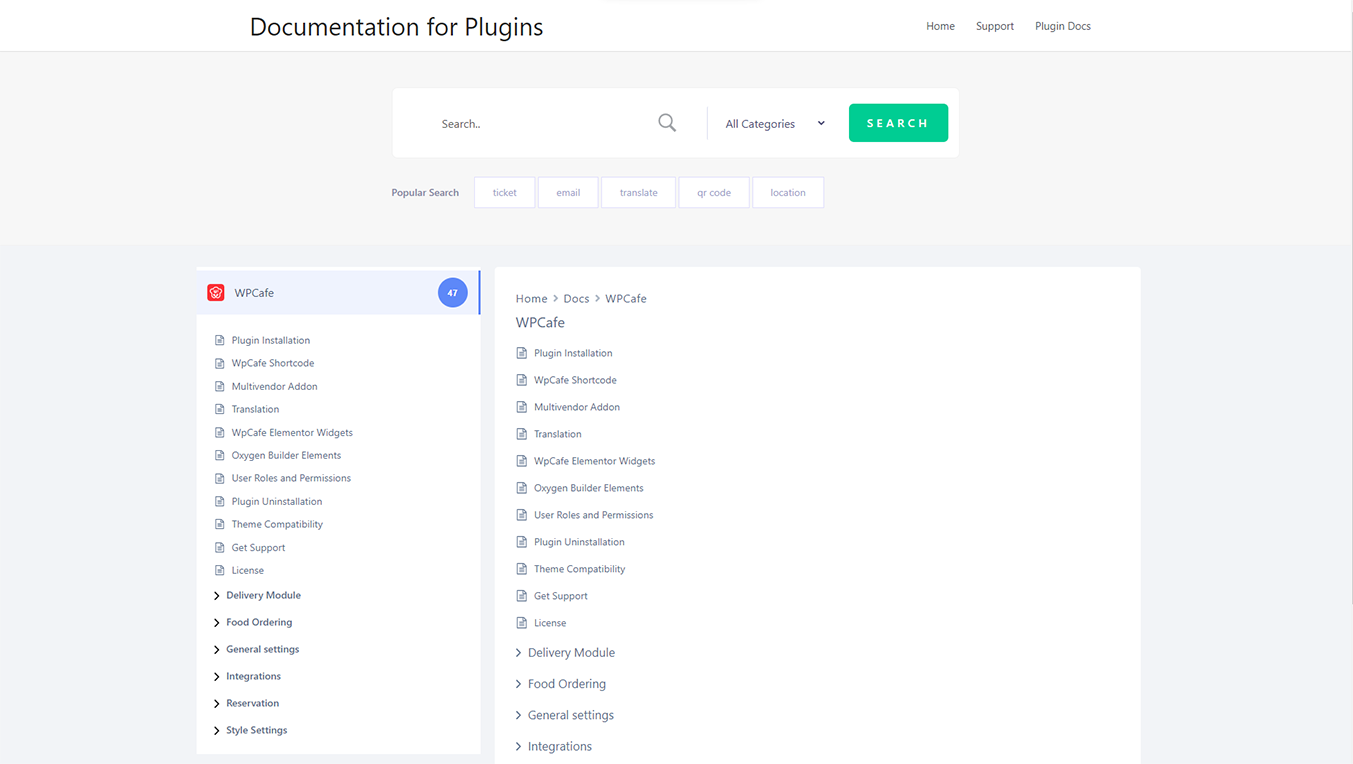
1. Get the theme
- In this example we're going to add some translations to our theme restaurt.
- we assume you already know how to install WordPress themes. You don't need to activate the theme yet. Just have it installed into
"wp-content/themes" and we can move on.
2. Check you can switch language
Wordpress Dashboard >> Settings > General admin screen and scroll to the bottom. You should see a drop-down list with the label "Site Language". Changing this will set a new default language for all site visitors. Try it and you should see something like this:
we're going to set the language to Greek, listed under "Available > Ελληνικά" in the list. Once WordPress has downloaded the core language packs for Greek this entry will move to the "Installed" section.
If you don't see your language in the drop-down list you may have to install the core language packs manually.
3. Set up the folders
Before you do any translating, make sure the following folder exists on your site, and is writable by the web server:
wp-content/languages/loco/themes
4. Check the theme contains a POT file
- Looking inside the restaurt theme folder we can see a
"languages" sub-folder containing a file called "restaurt.pot". This is a translation template provided by the theme author. It contains all the translatable phrases (or strings) that the theme defines.
- If your theme has no template file, Loco Translate will warn you. In this case we know it exists, but just to be sure check it's at the following location:
wp-content/themes/restaurt/languages/restaurt.pot
5. Find the theme in the translation dashboard
Click the admin menu item that says "Loco Translate" and select the "Themes" sub section. This will take you to a list of all available themes in your WordPress. You should see "restaurt" in the list regardless of whether it's your active theme. Click it and you should see the following screen:
Skip PHP Files Larger Than Size always Should be 2000k.
6. Add a new language
- Above the language list (which may be empty) you should see a button that says "New language" with an add icon. To start translating the theme into another language click this button and you'll be taken to a new screen where you can choose the language you want.
- Select a language from the drop-down list of common languages. In this example we'll select 'Greek'. You could achieve the same result by entering
"el" into the text field instead
7. Translate some strings
- Once on the editor screen you'll see all the strings the theme has defined in its template file. Untranslated strings are shown in bold blue. To start with they will all be untranslated.
- The basics of the editor should be fairly intuitive. Select the English string at the top and enter your translation in the pane at the bottom. You can ignore most of the editor buttons for now. We're just going to enter a translation and save it.
- For our example we've picked out the phrase "Leave a Reply". Using the text filter at the top of the editor we can find this phrase quickly and select it in the list. Then we enter the text "Αφήστε μια απάντηση" into the bottom panel as our translation.
- The string at the top now shows a star icon to indicate that our changes are not yet saved.
- Continue to translate as much as you like and when you're ready click the Save icon in the editor toolbar. Congratulations, you've saved your first WordPress translation.
8. Viewing the translated theme String
- Our new MO file will be loaded by the Omega theme (and only by the restaurt theme) when the Greek language setting is active. So, let's check it works..
- blog post on your site and check near comment box the sample phrase we translated . We can see here "Leave a Reply will appear - below the title of every post.
it Will work.
- For Our core Plugin Translate same Format like as Theme Translation.
- Some of our Strings will display from our core Plugin.
- So we Need to translate our Core Plugin too for language translation.
- Wordpress Dashboard >> Loco Translate >> Plugin Here you can find Our core plug-in Example restaurt Core
- Create New language >> Select language Example (Example ) Greek we chose before for theme translation.
- Select path for pot generation.
- Finally you can start translate restaurt Core plugin file.
- This will also work like Theme string translation.
For More Questions Refer this site
https://localise.biz/wordpress/plugin/beginners

